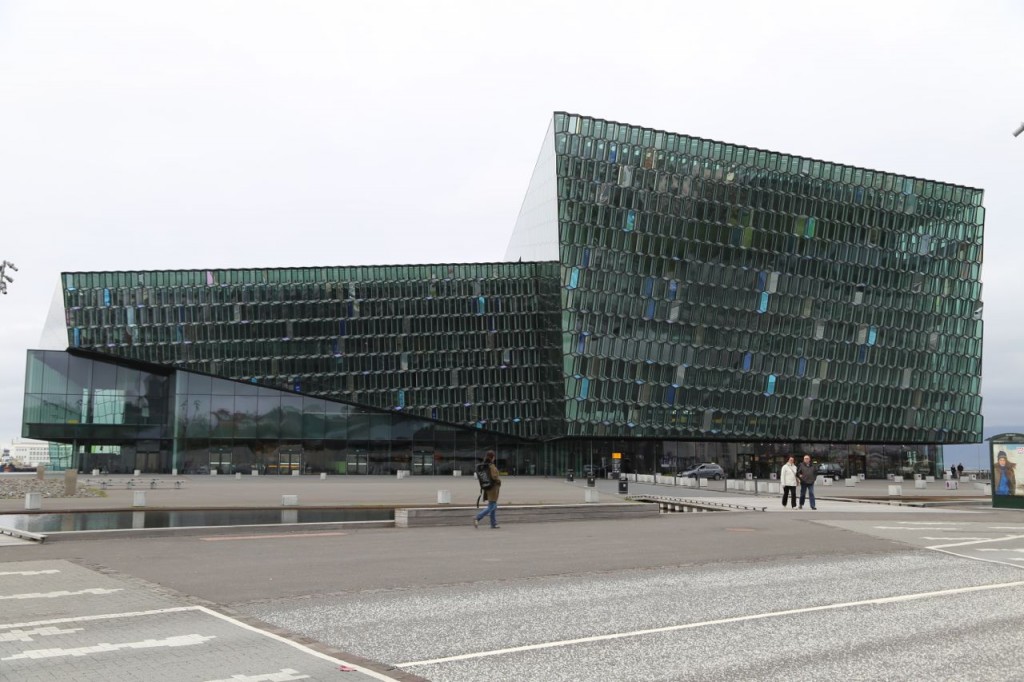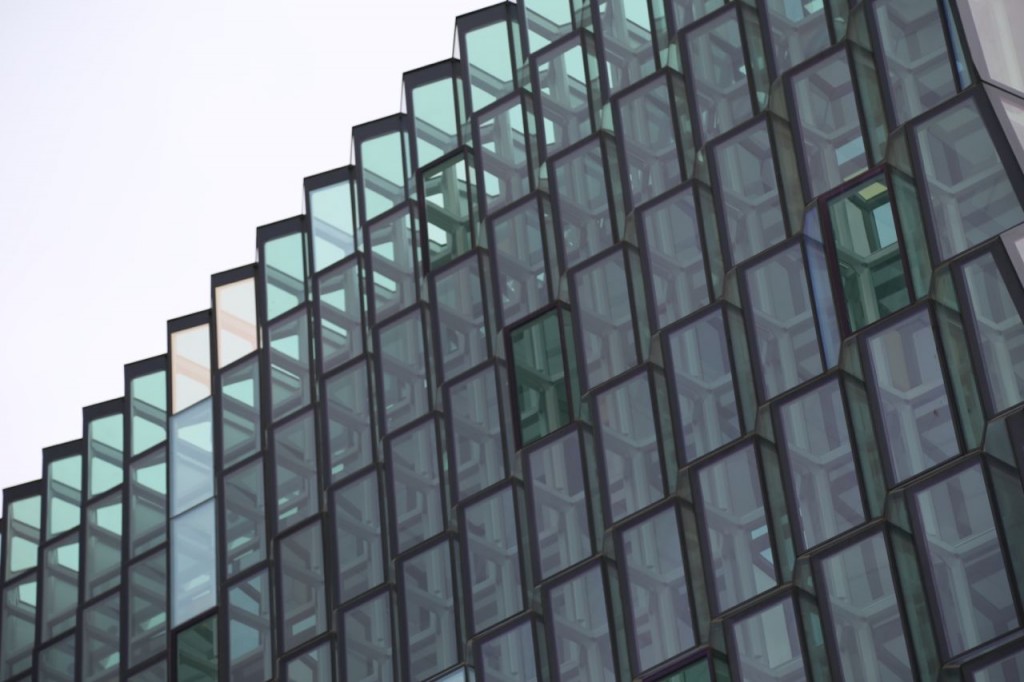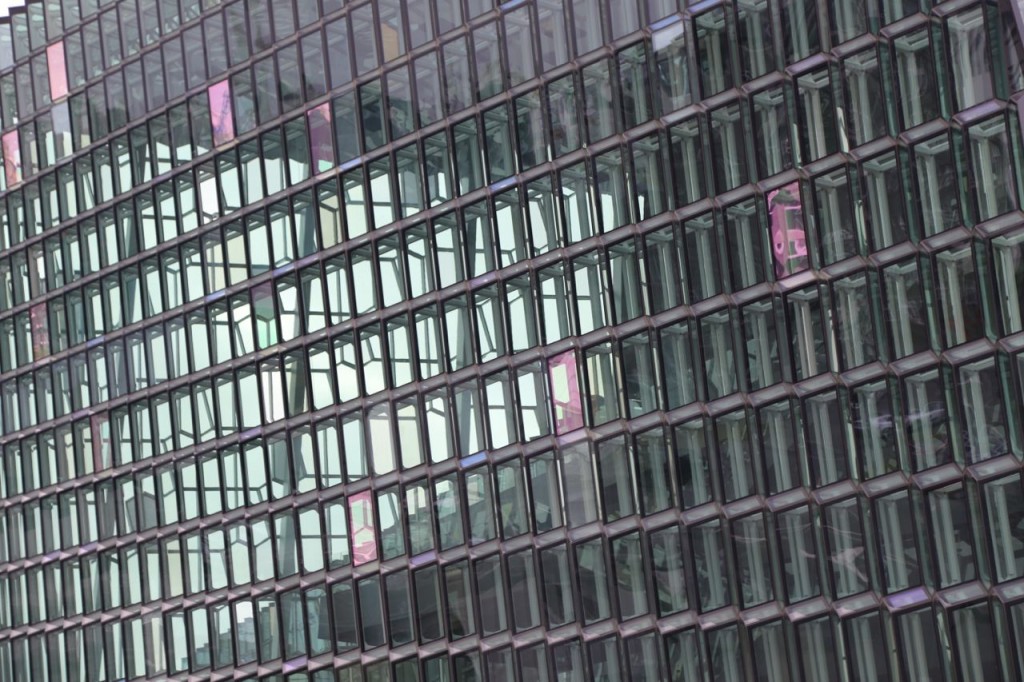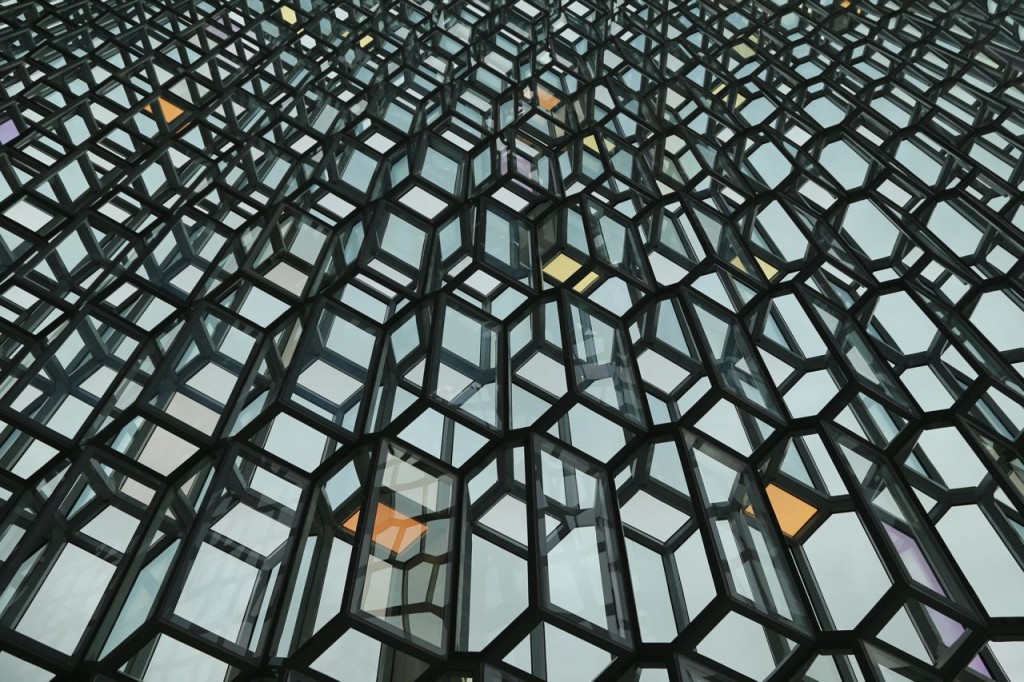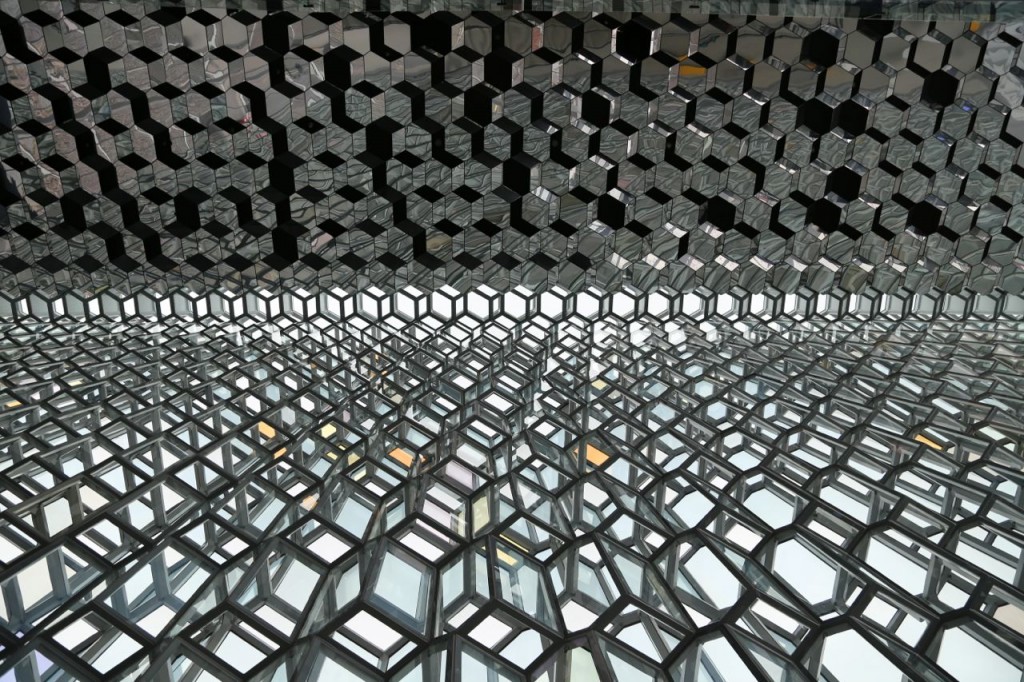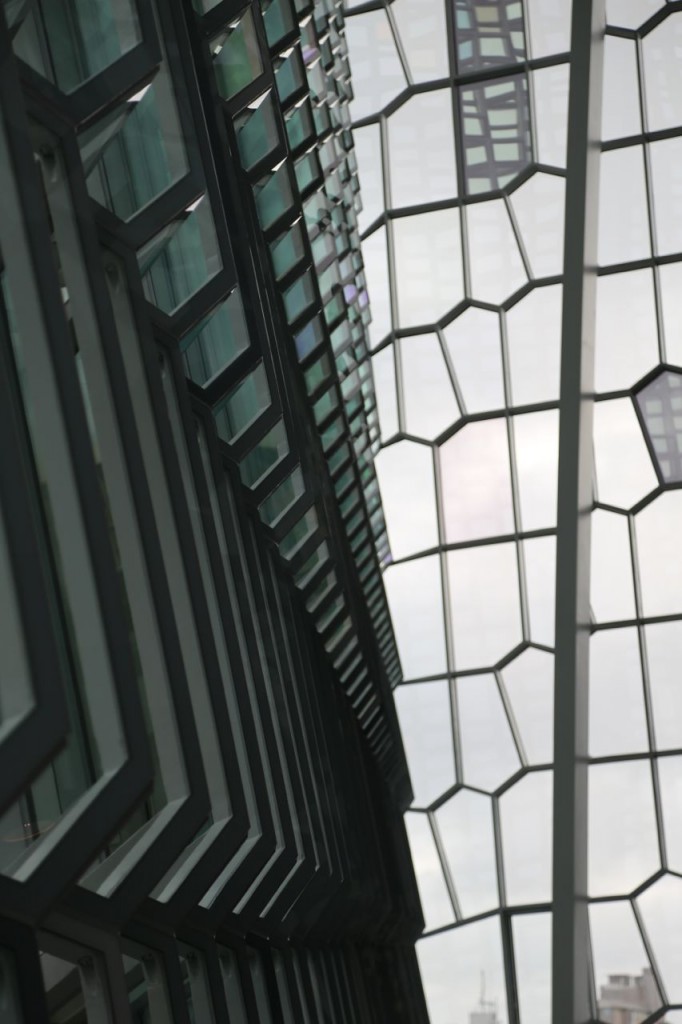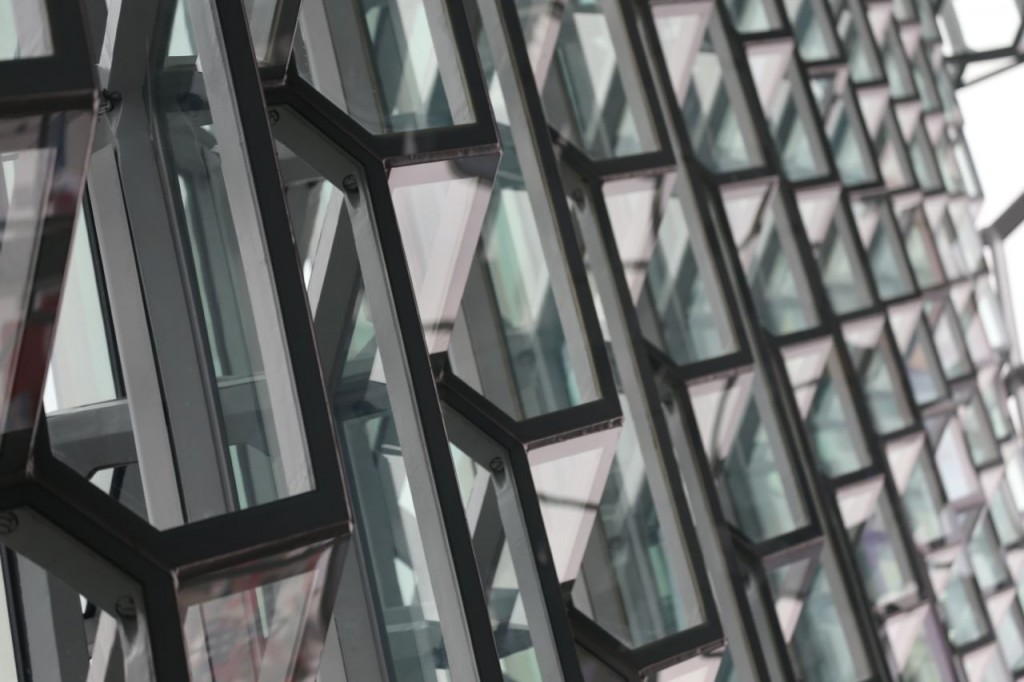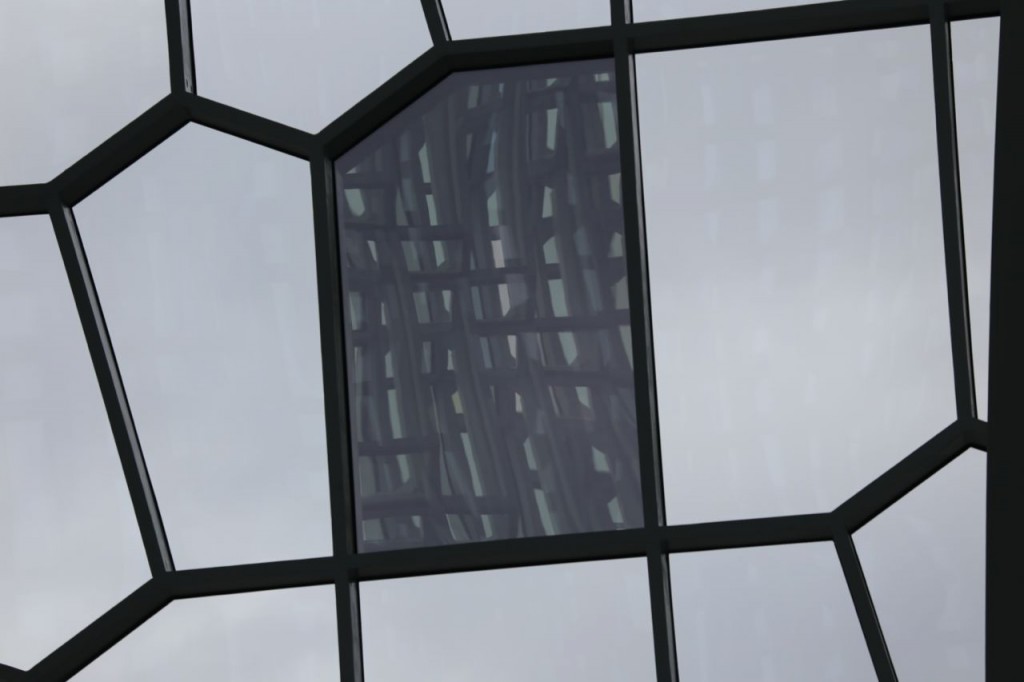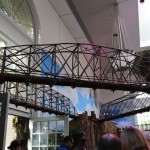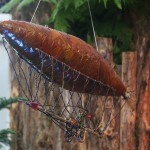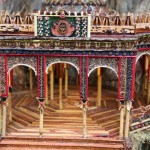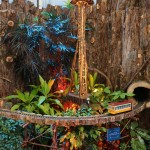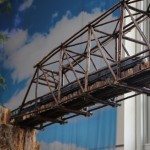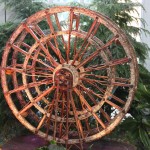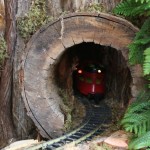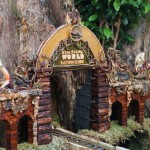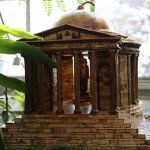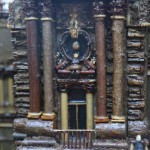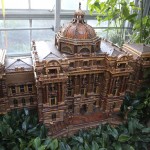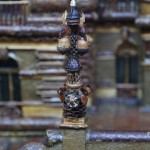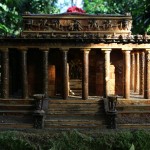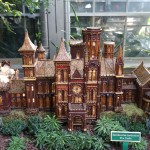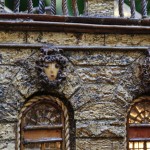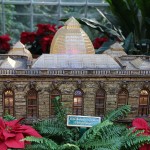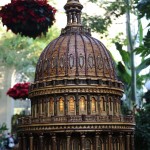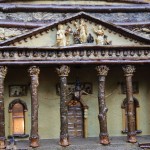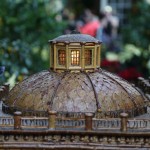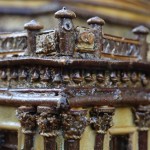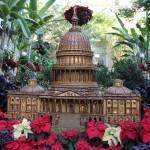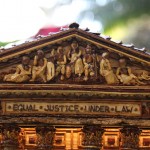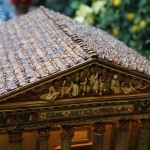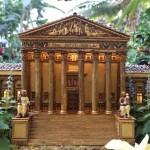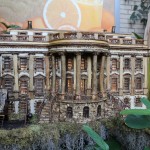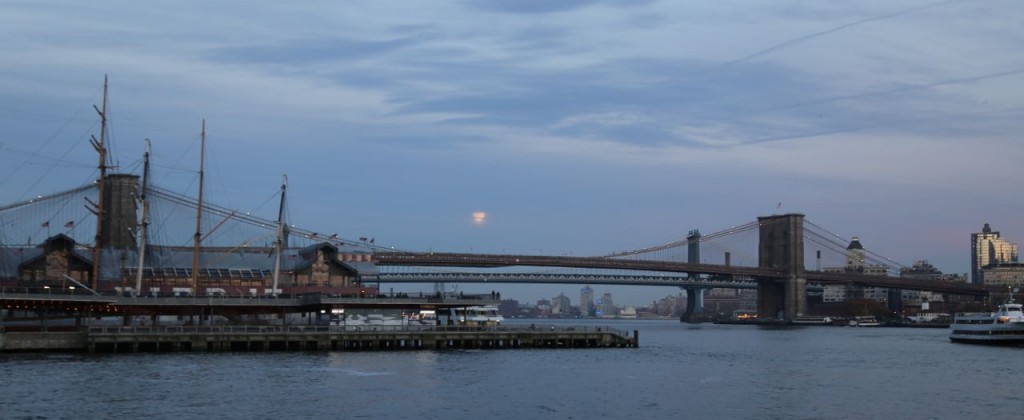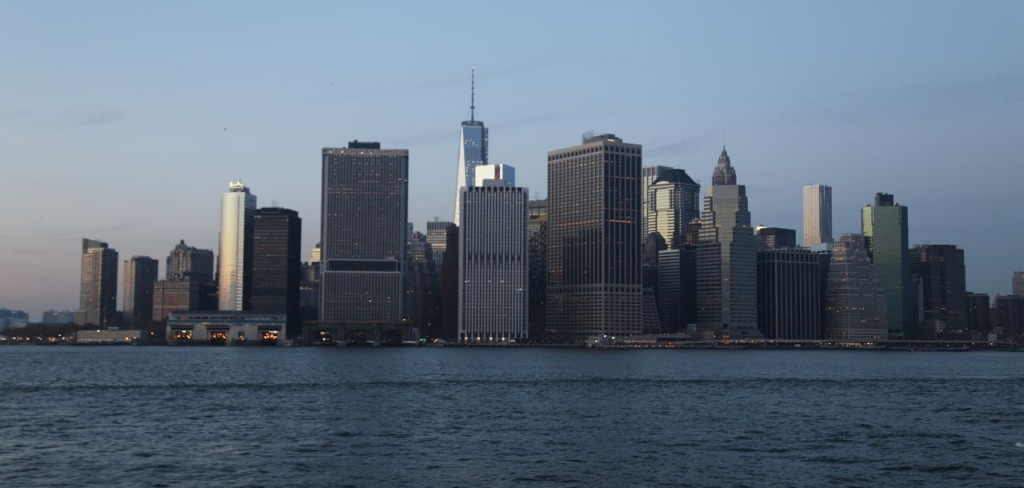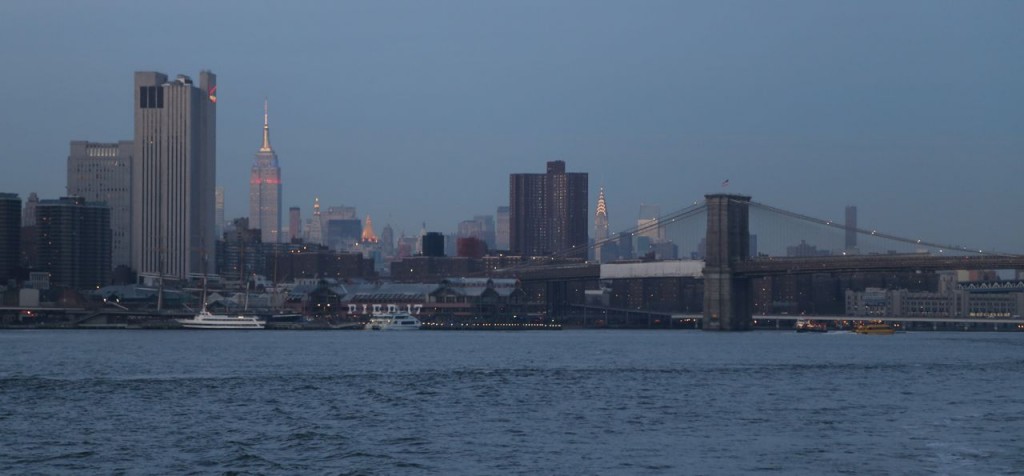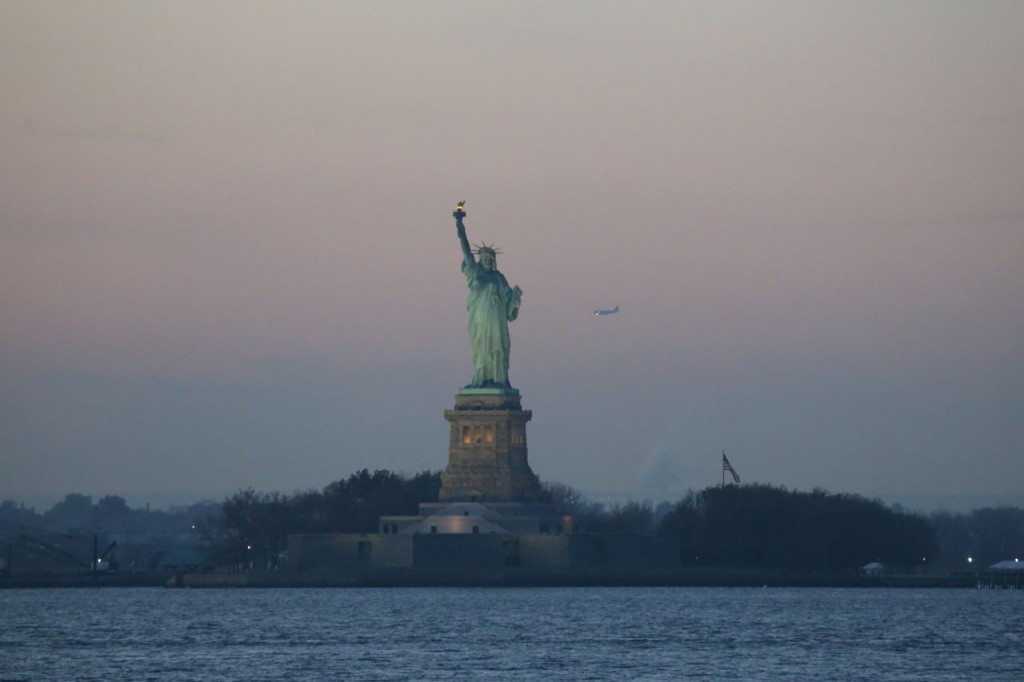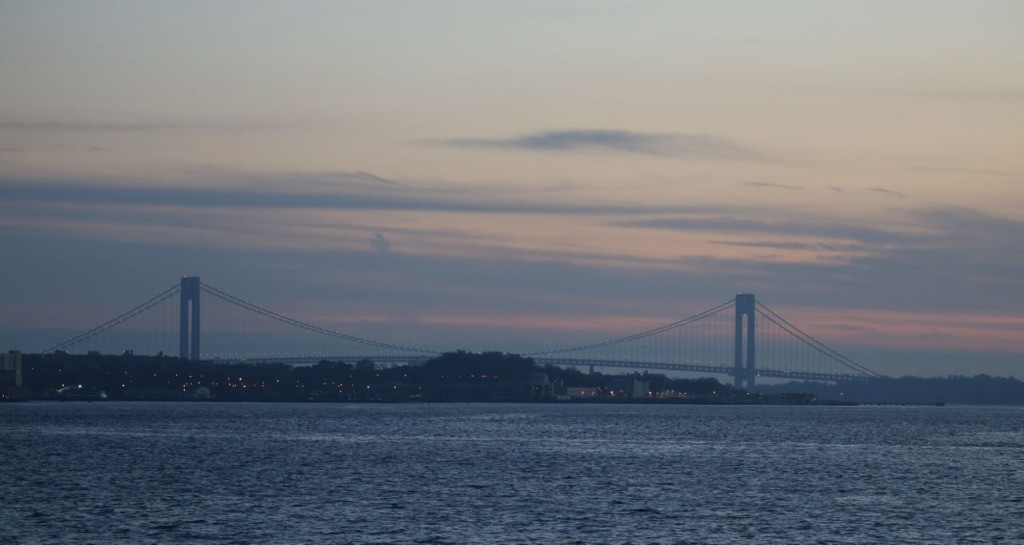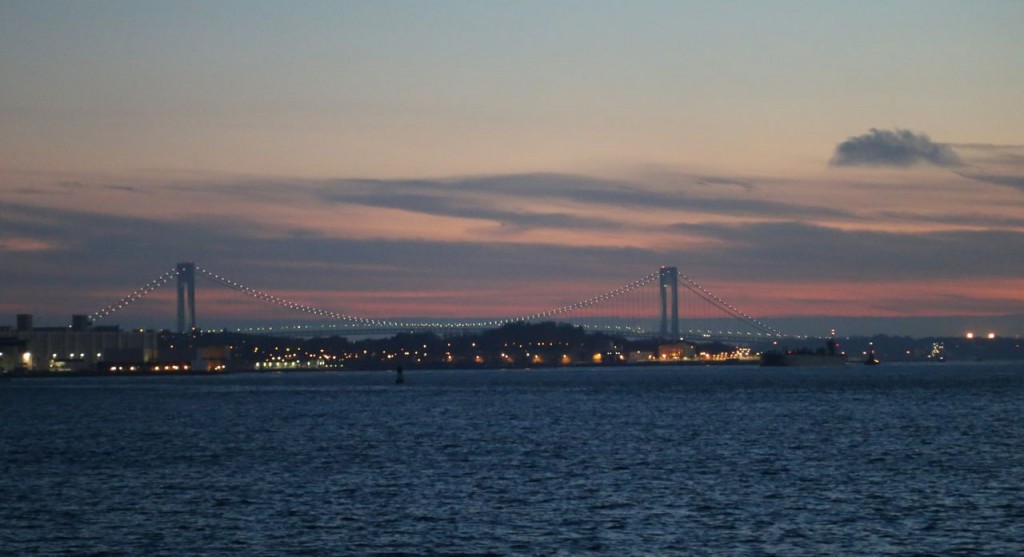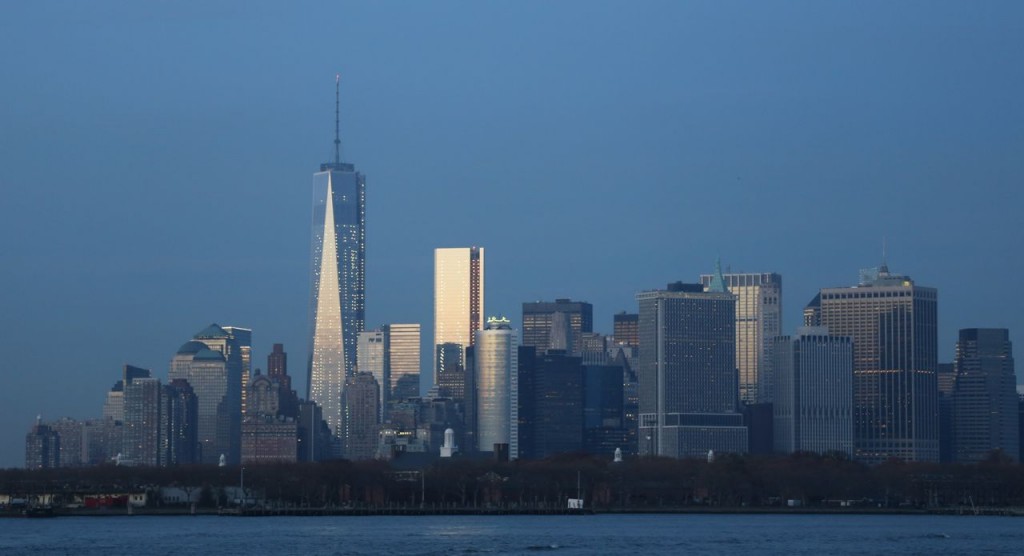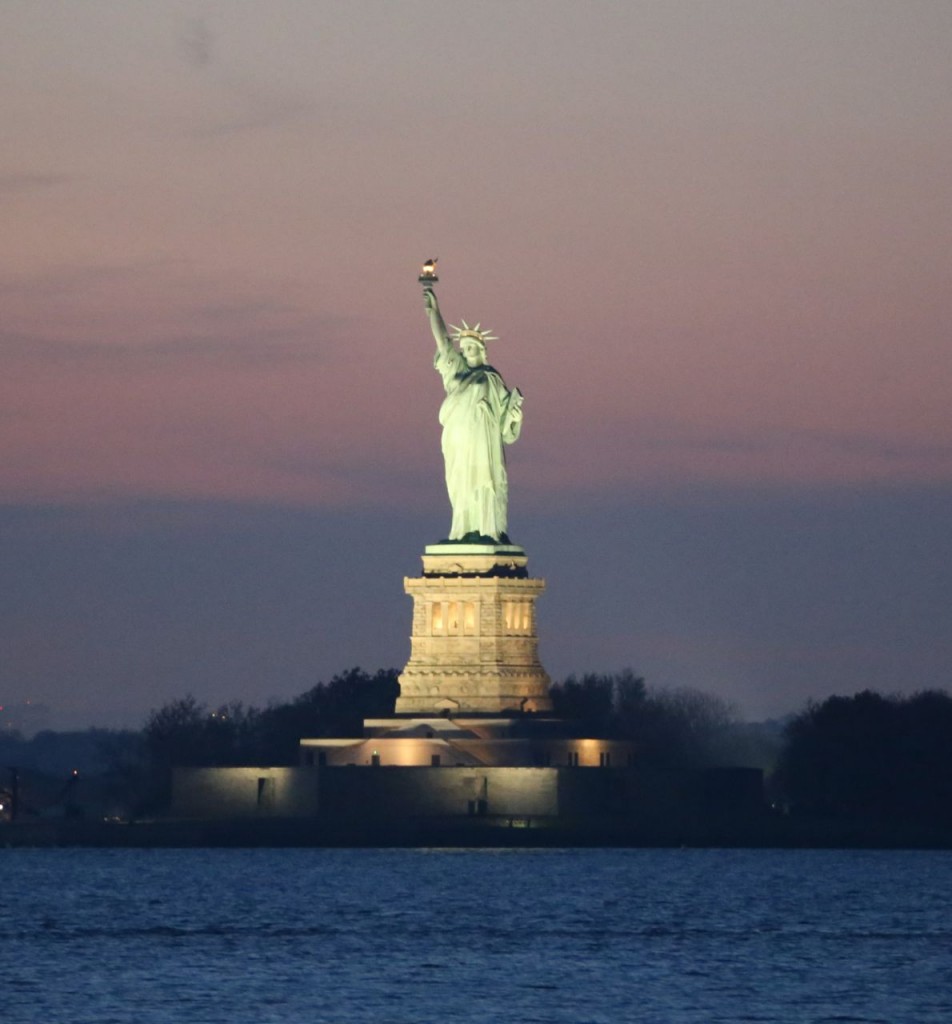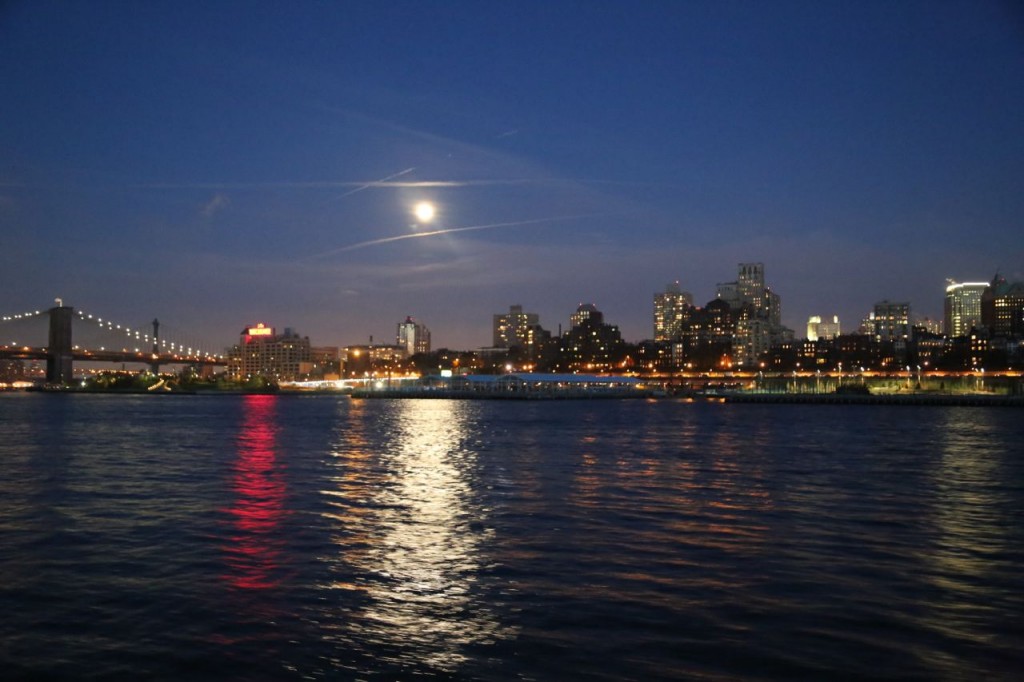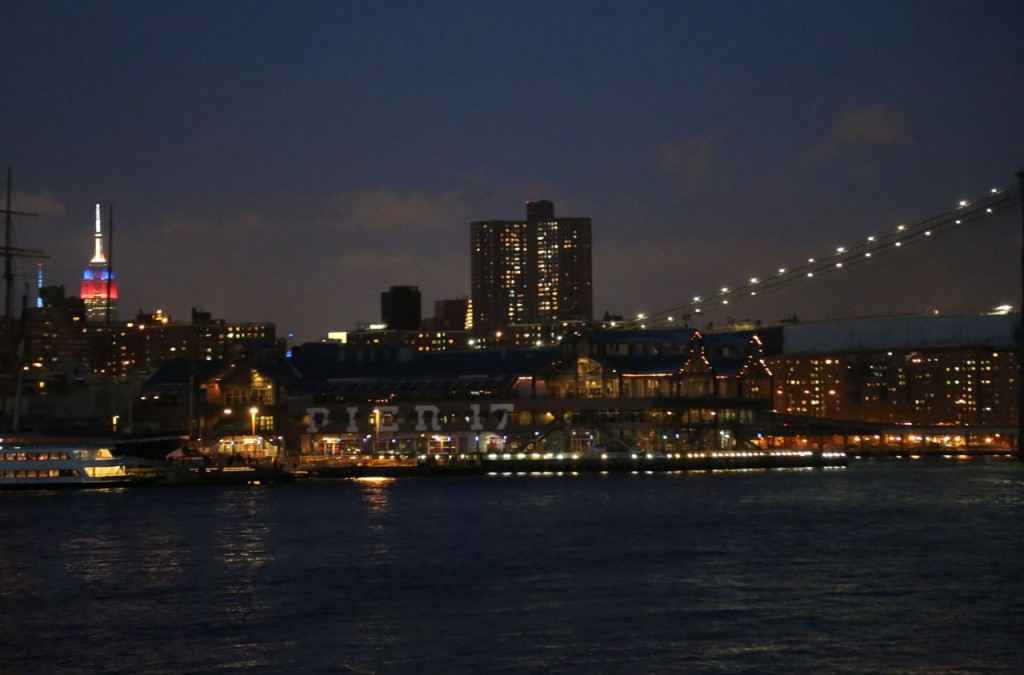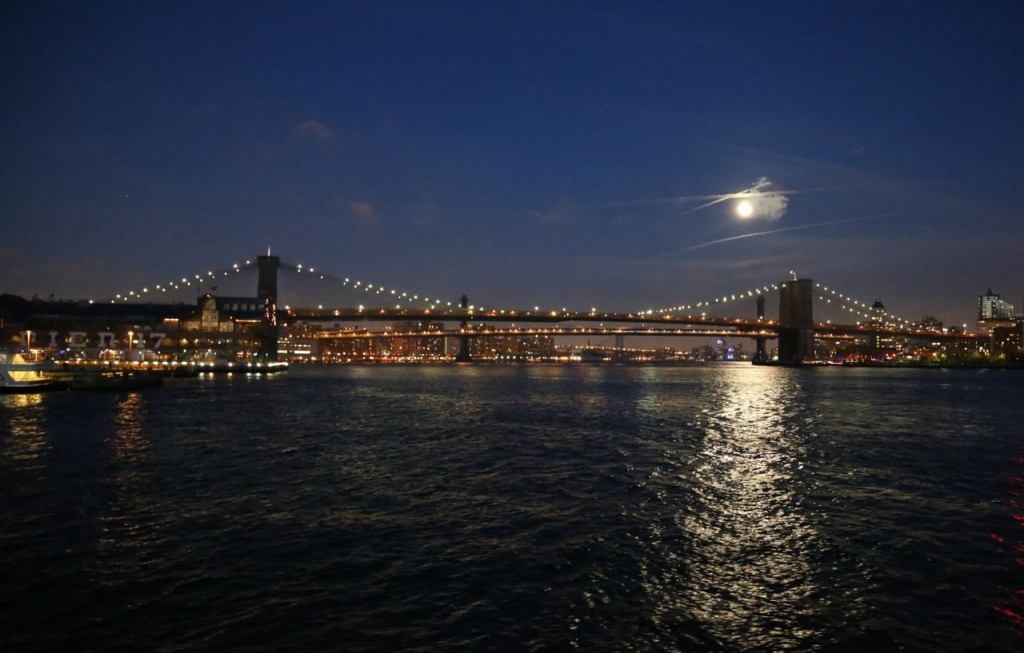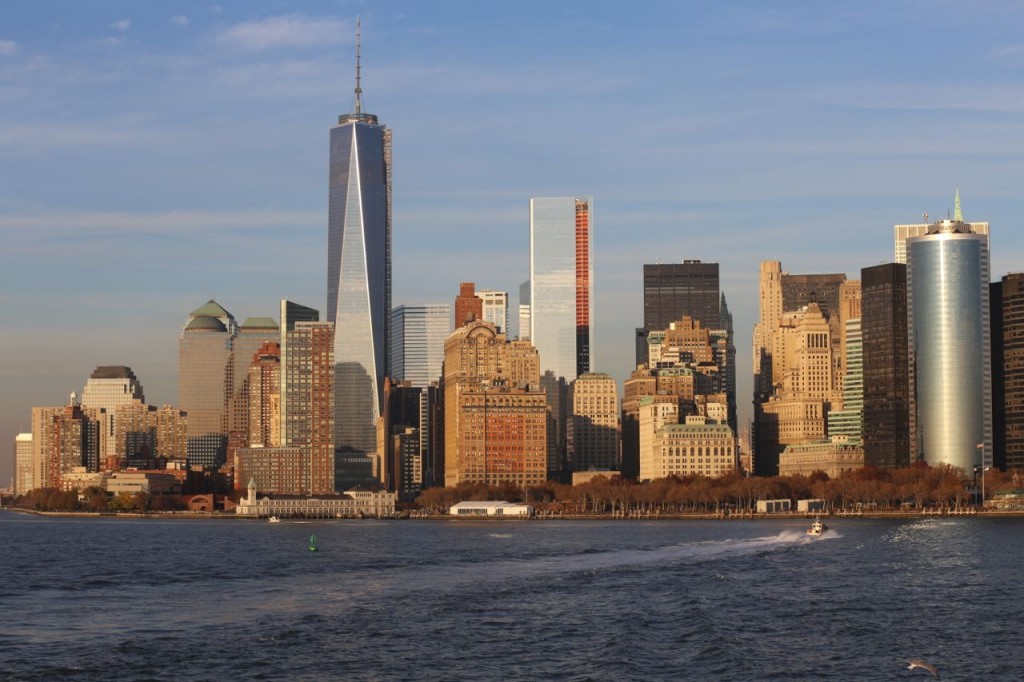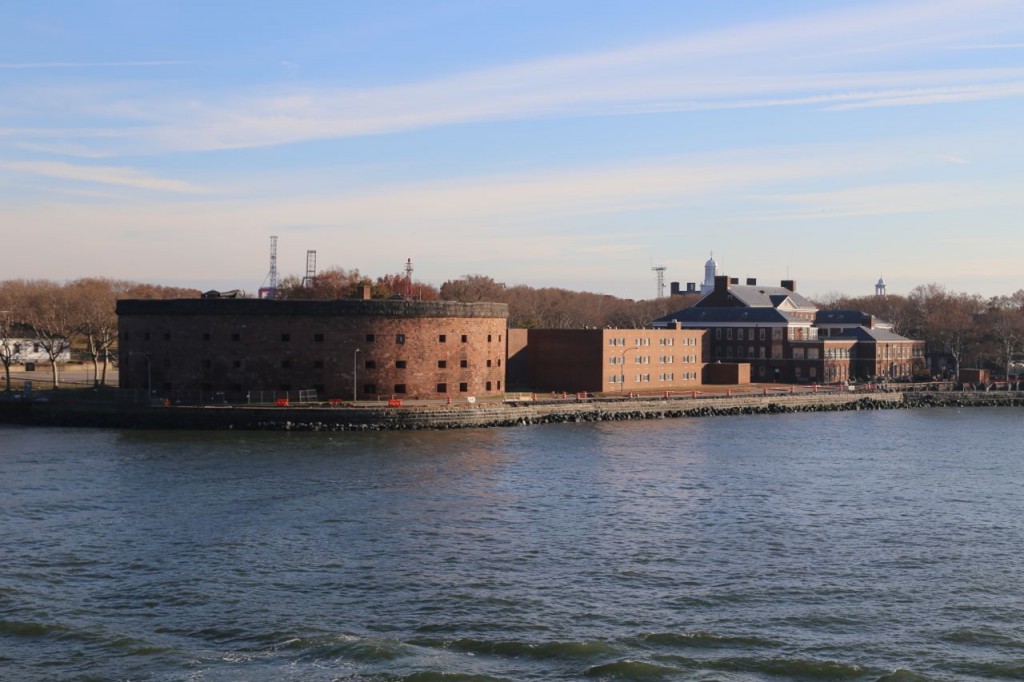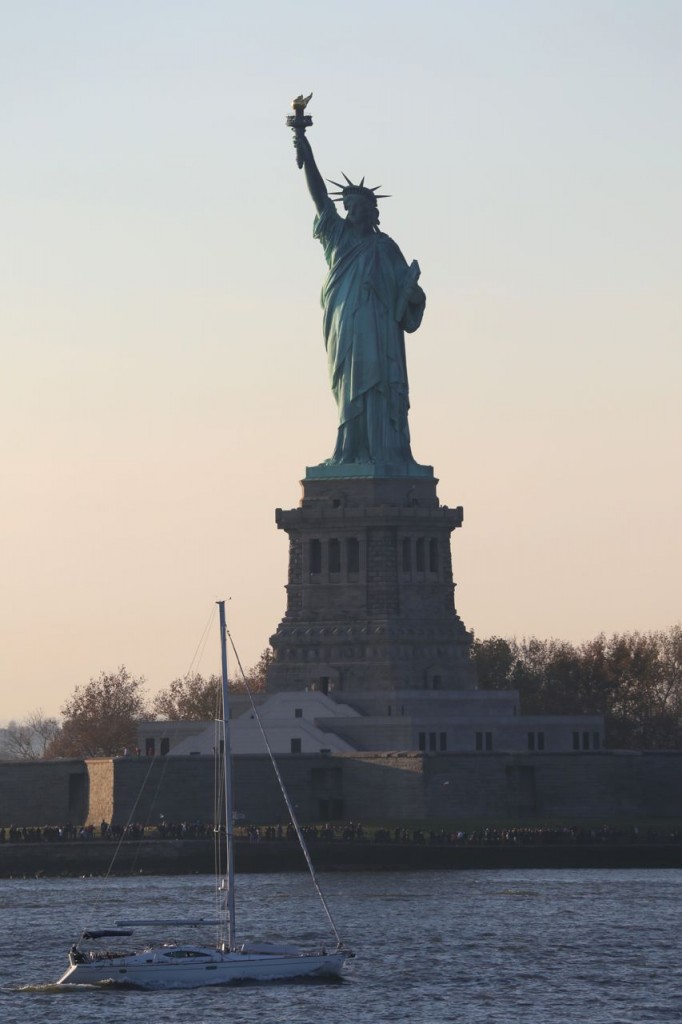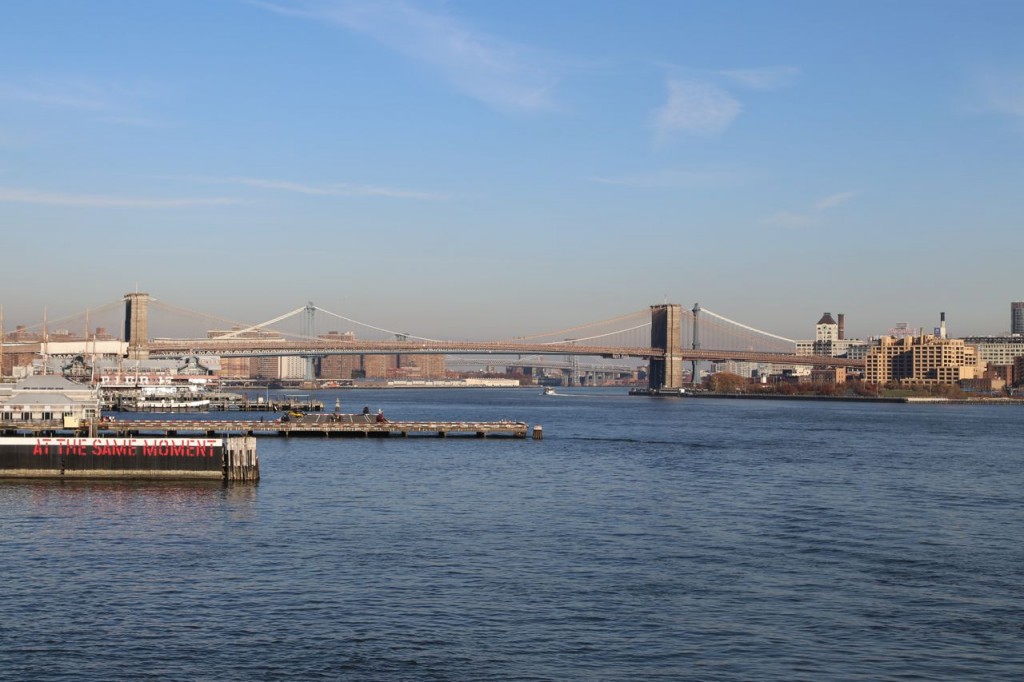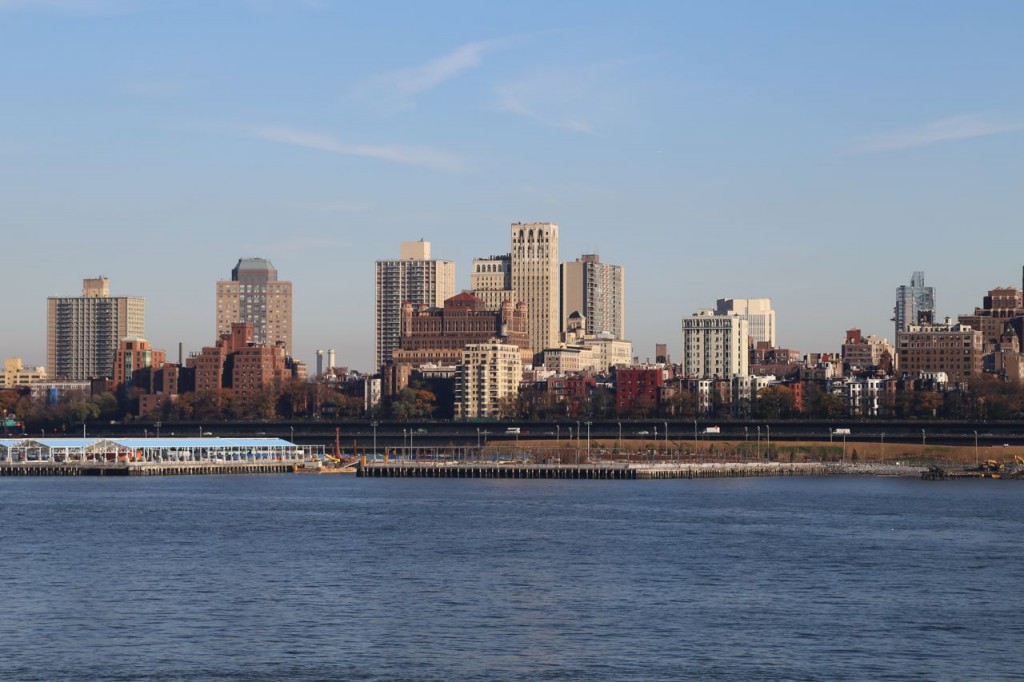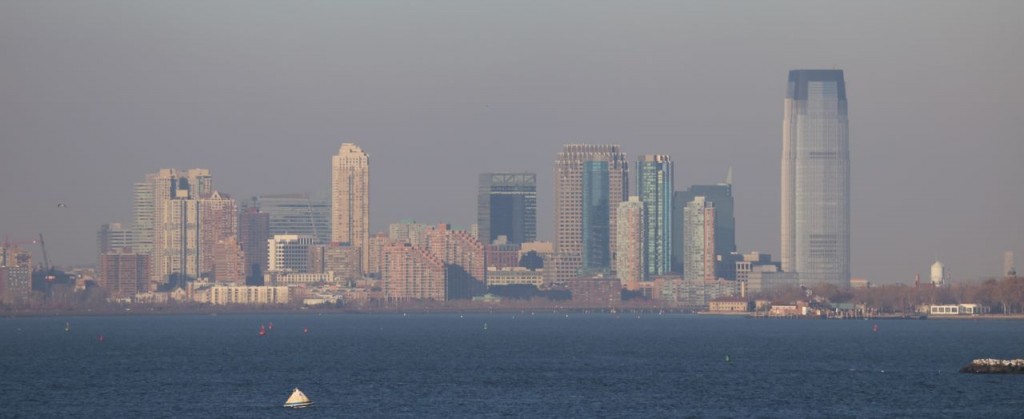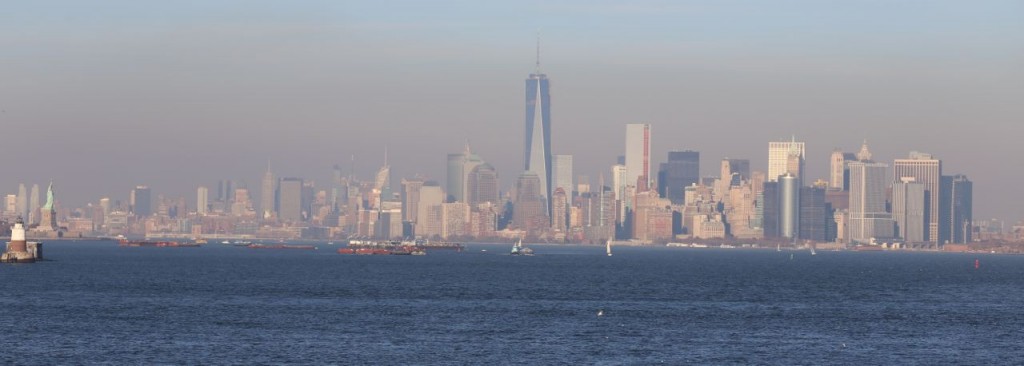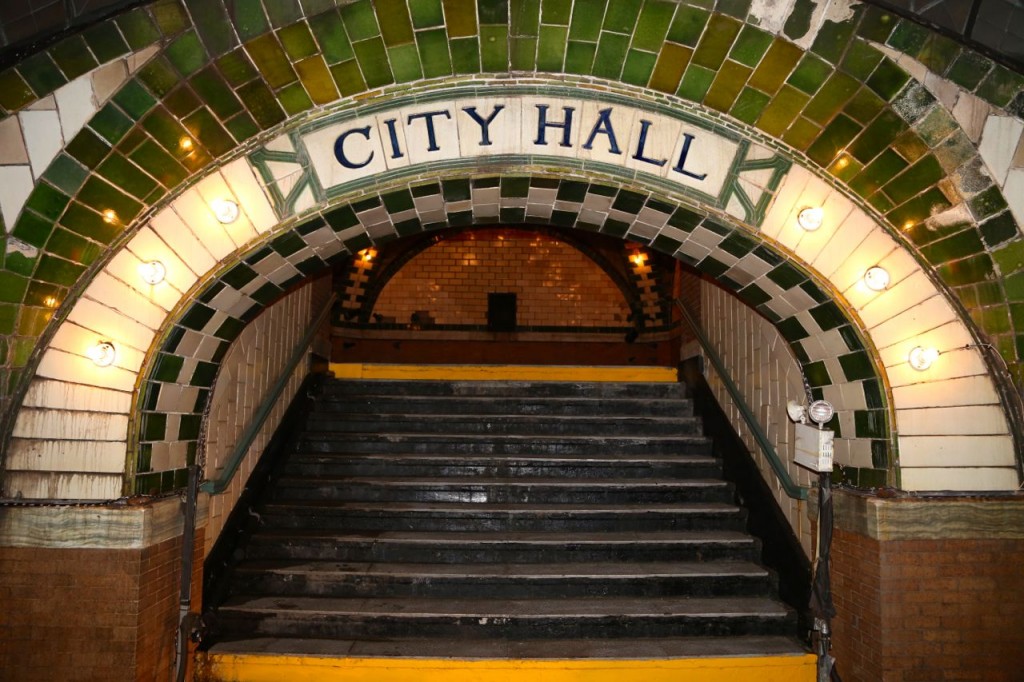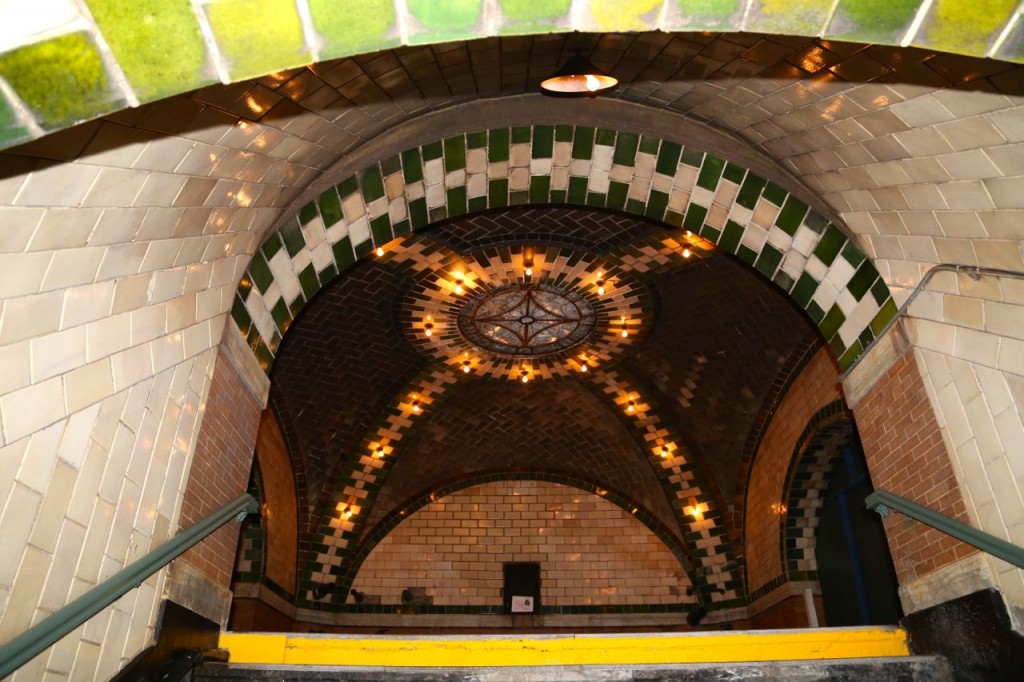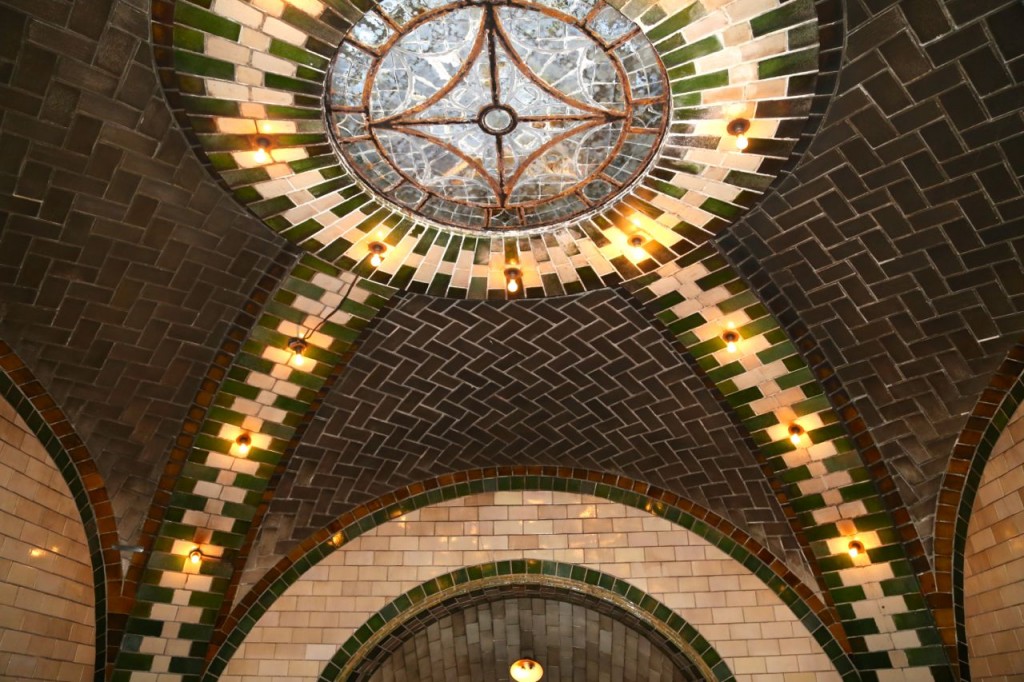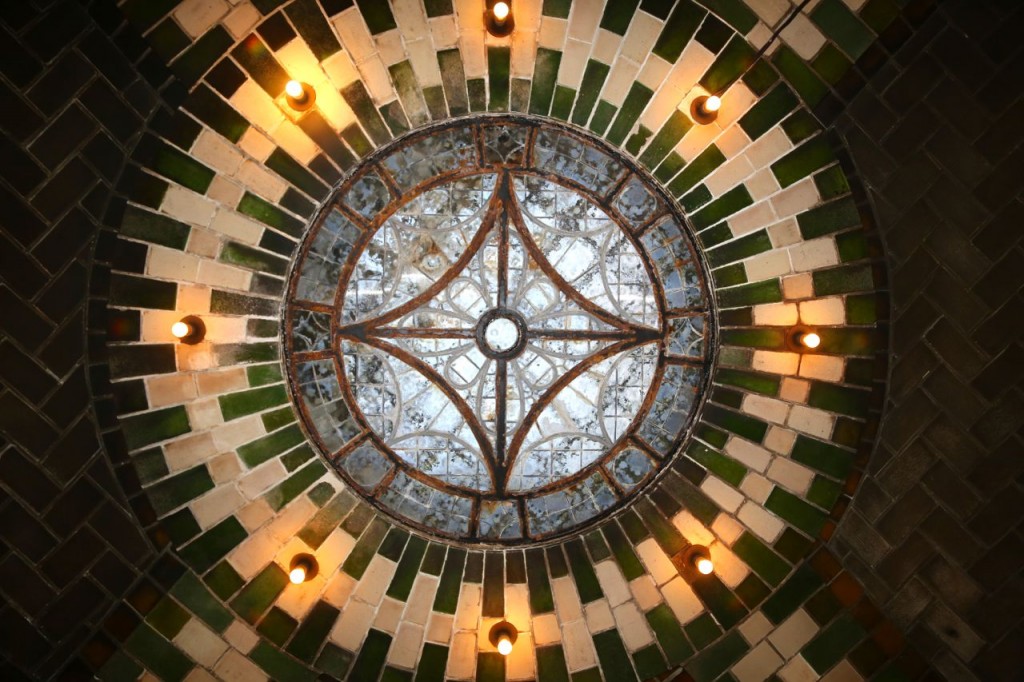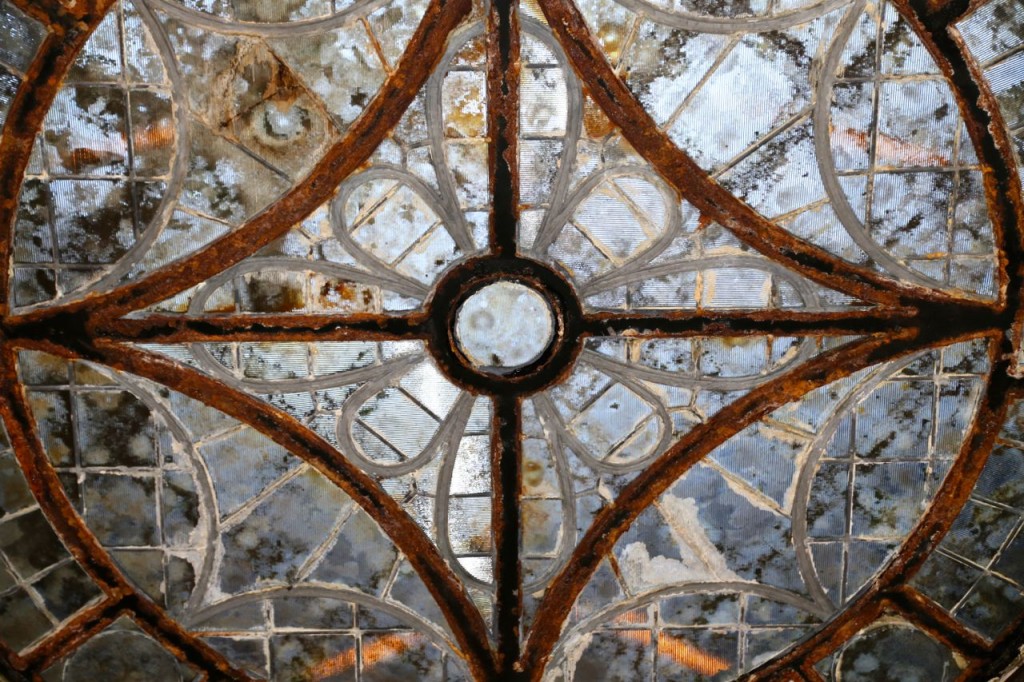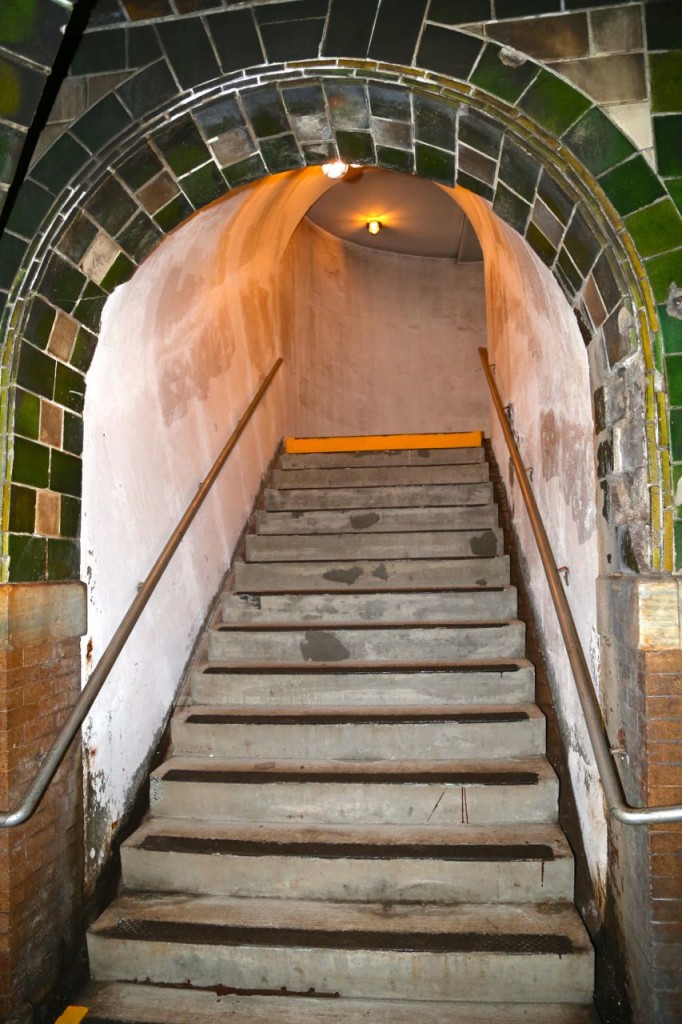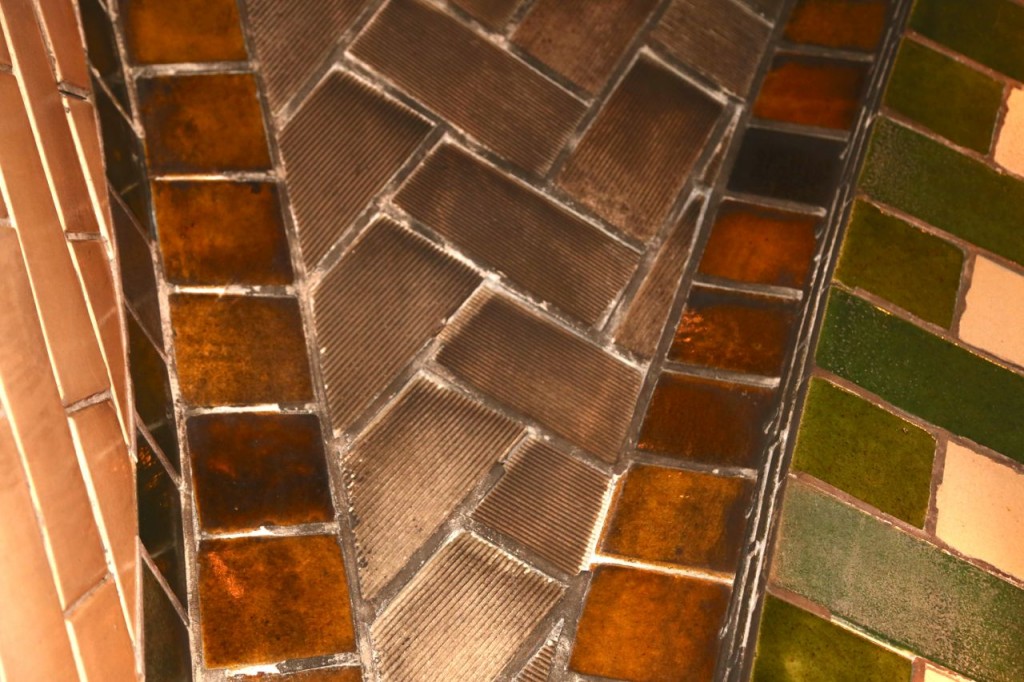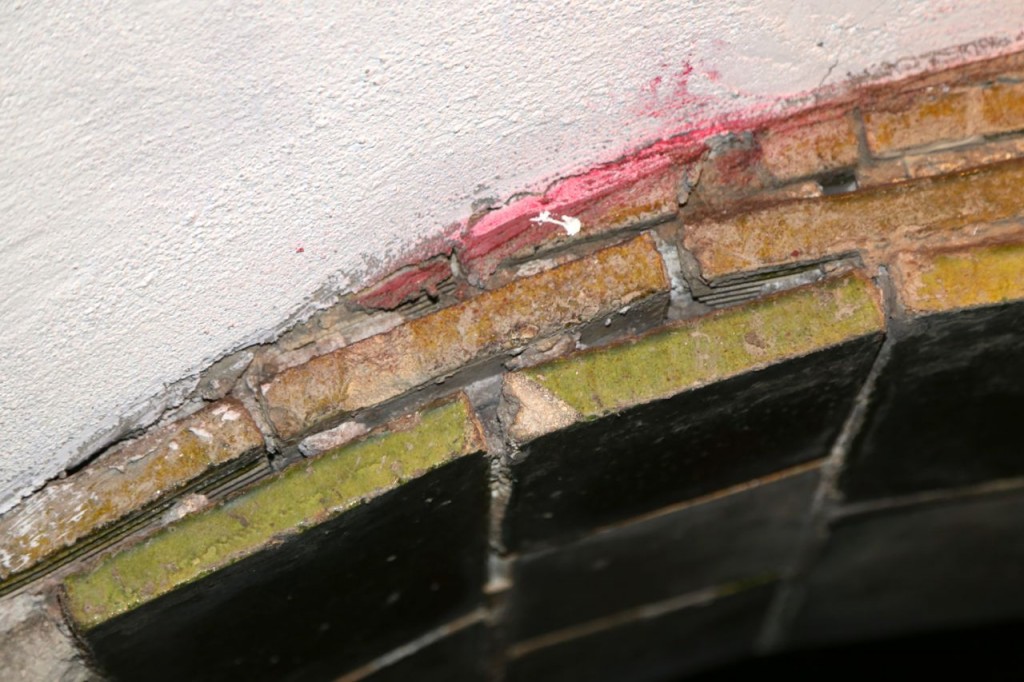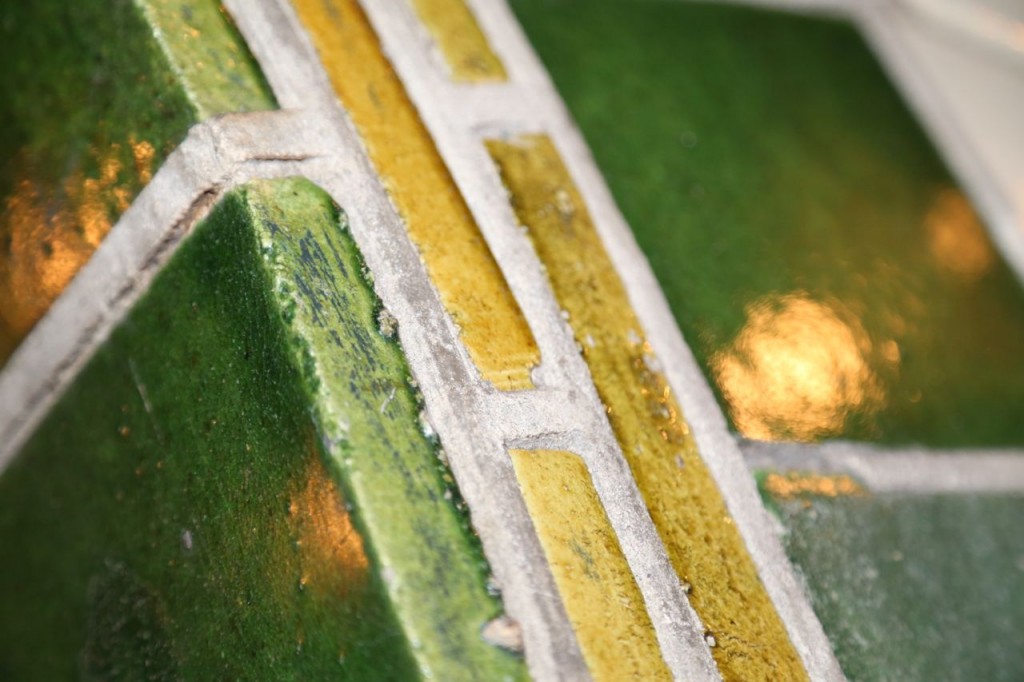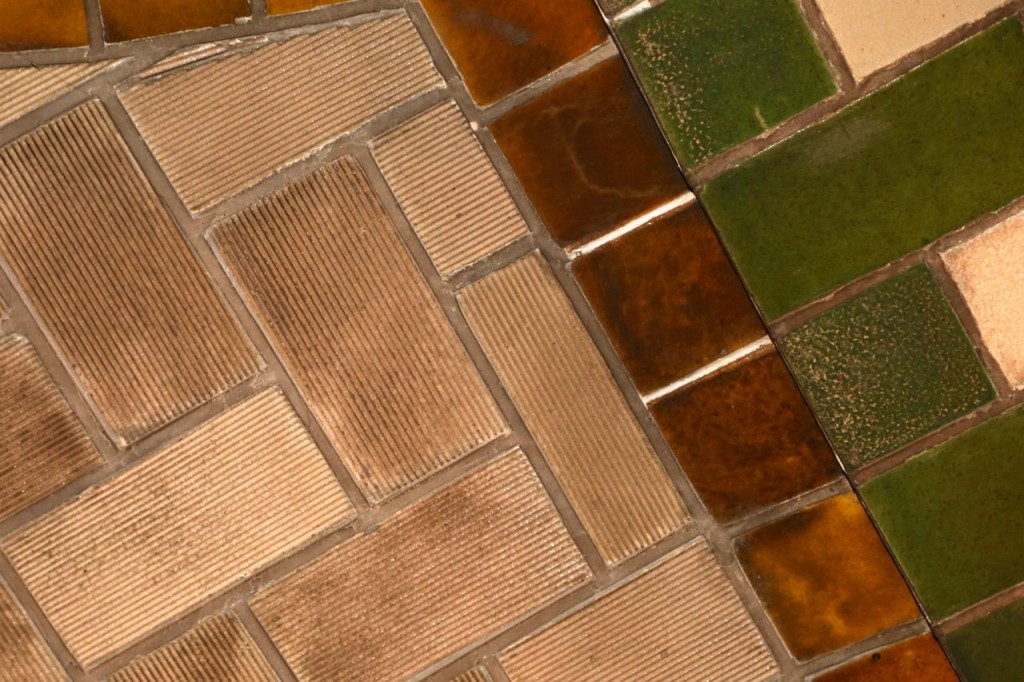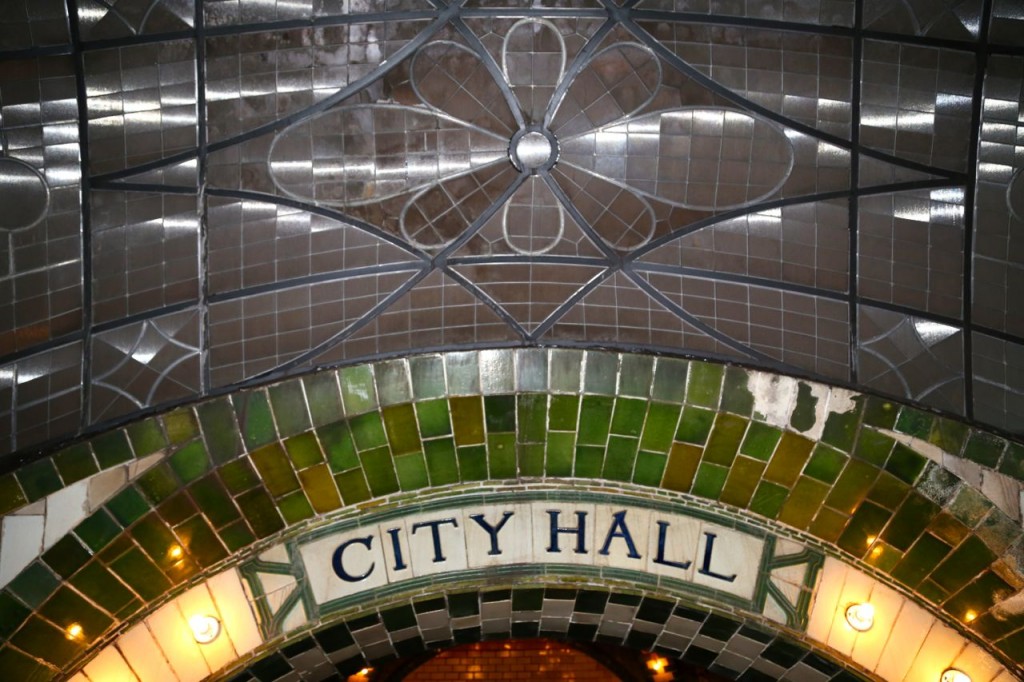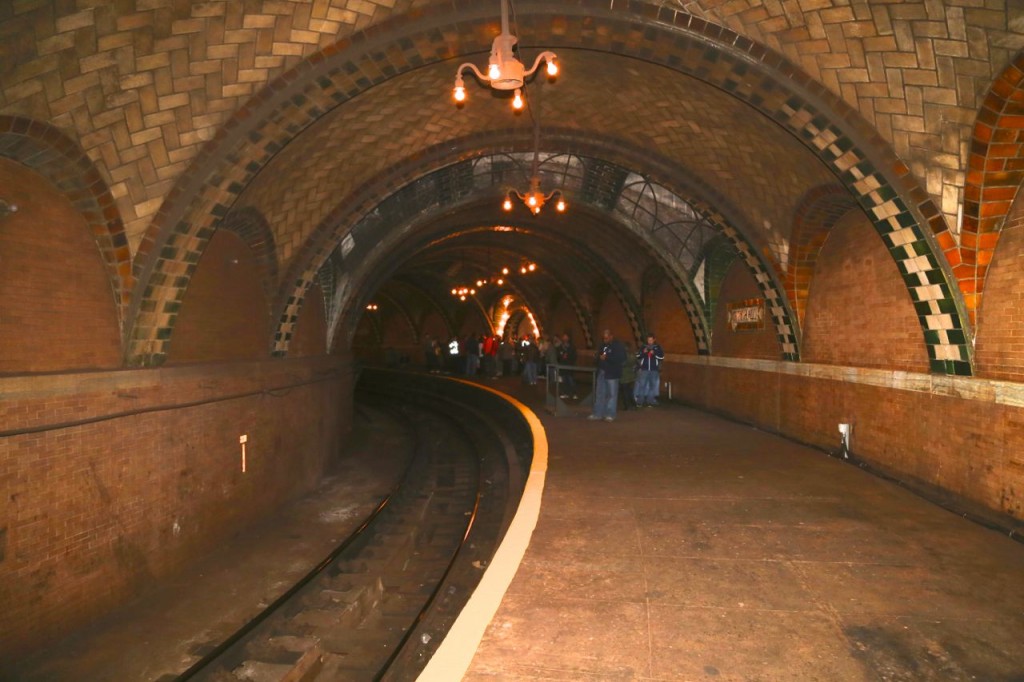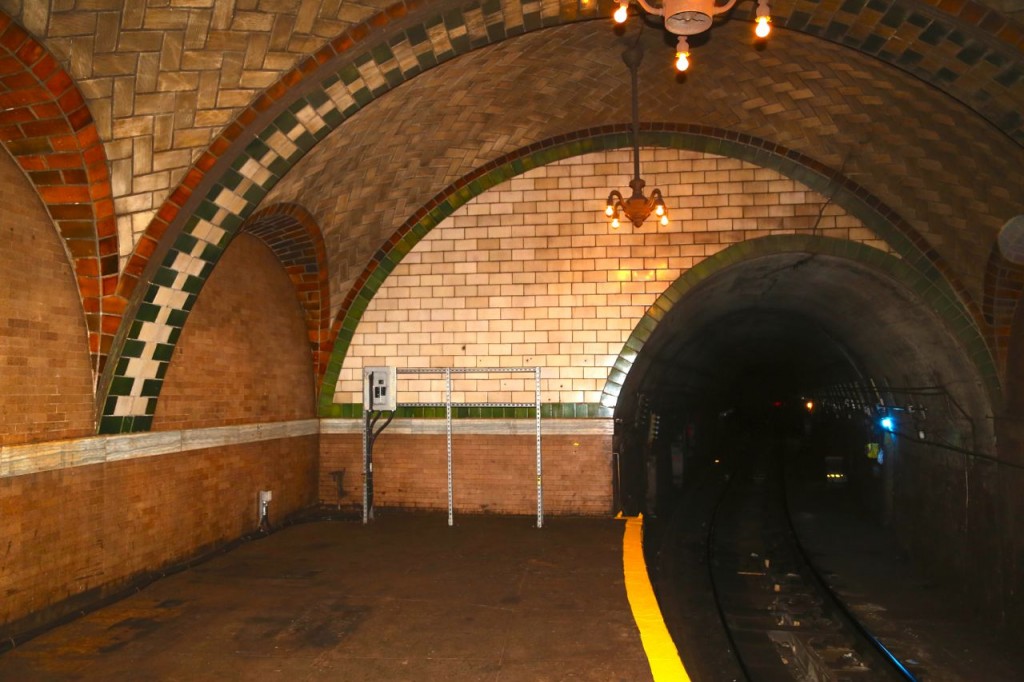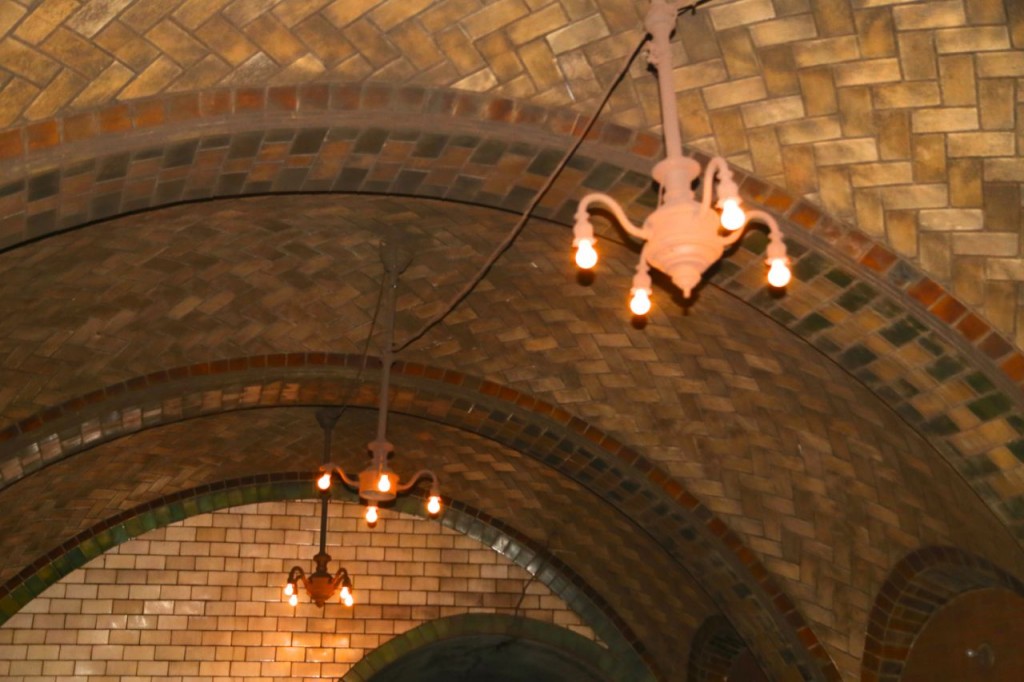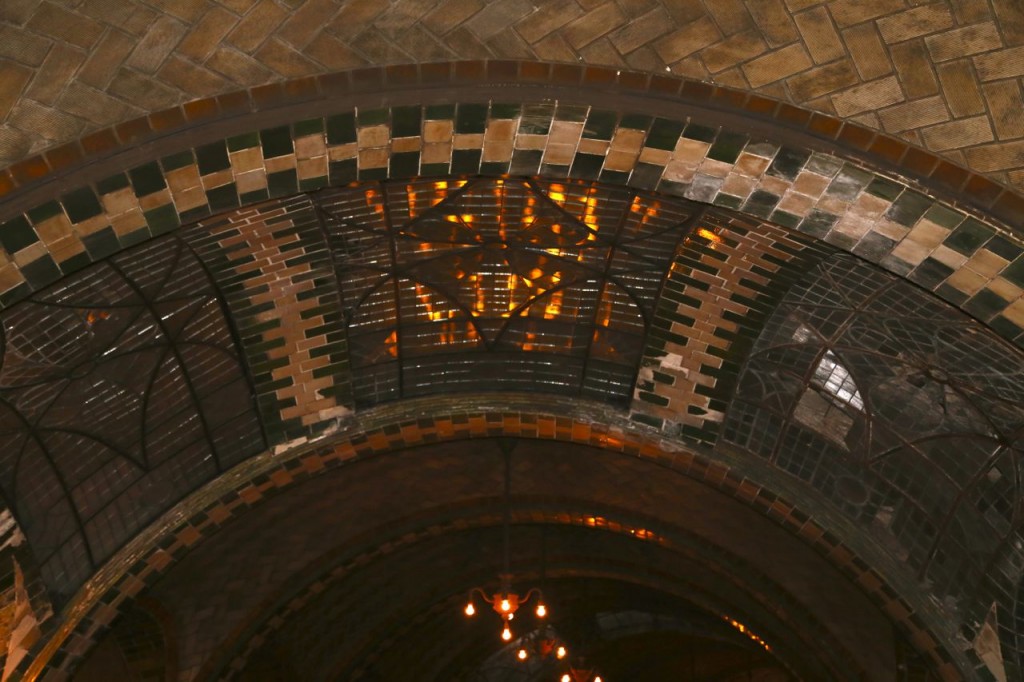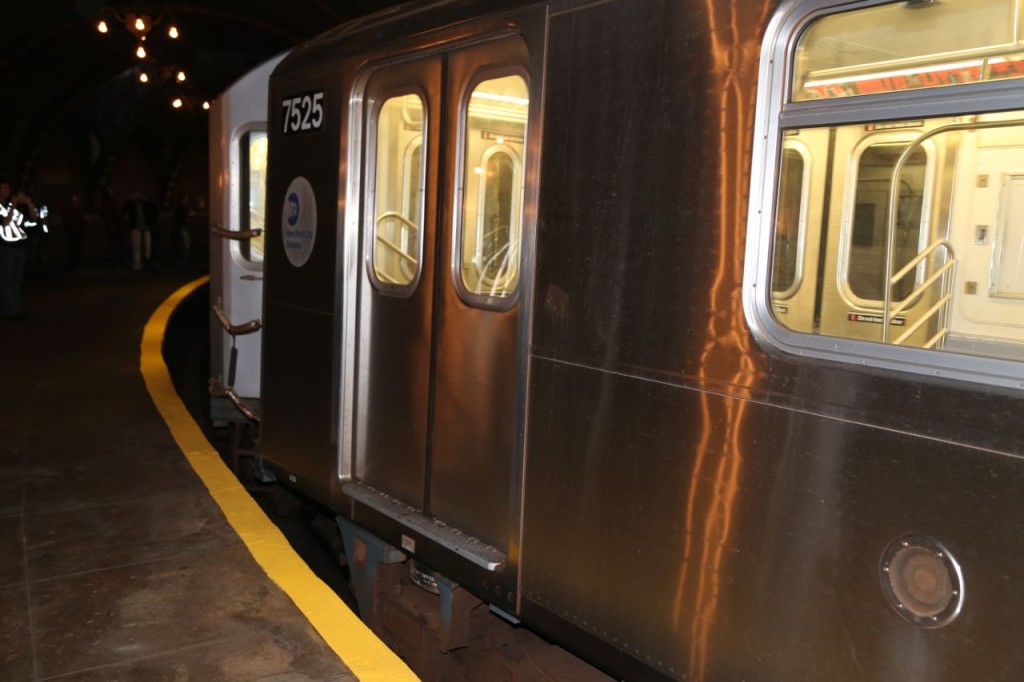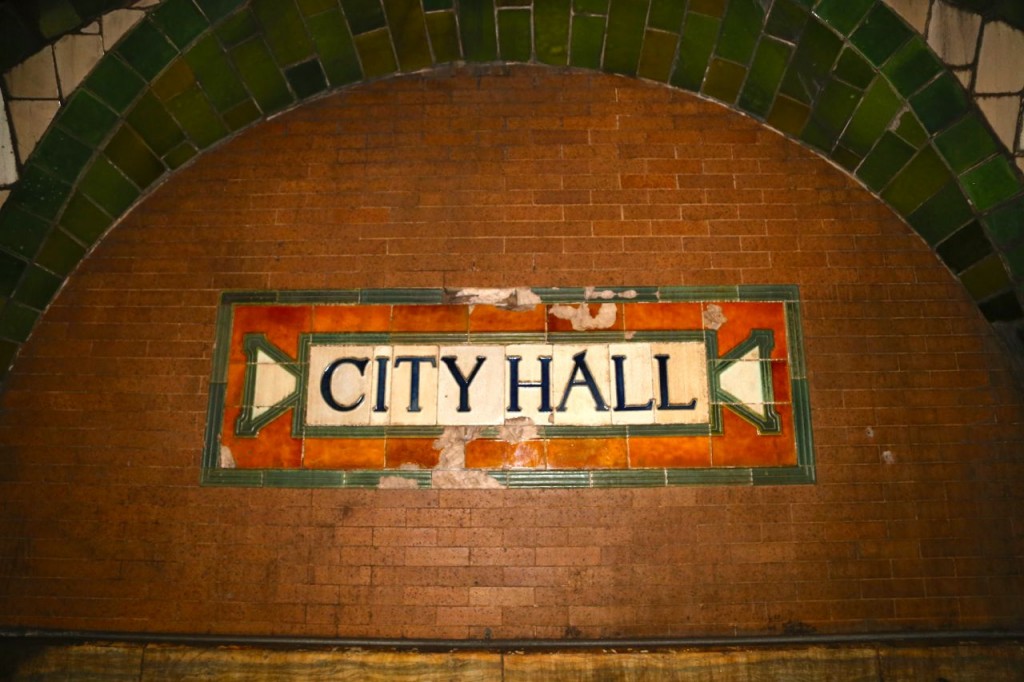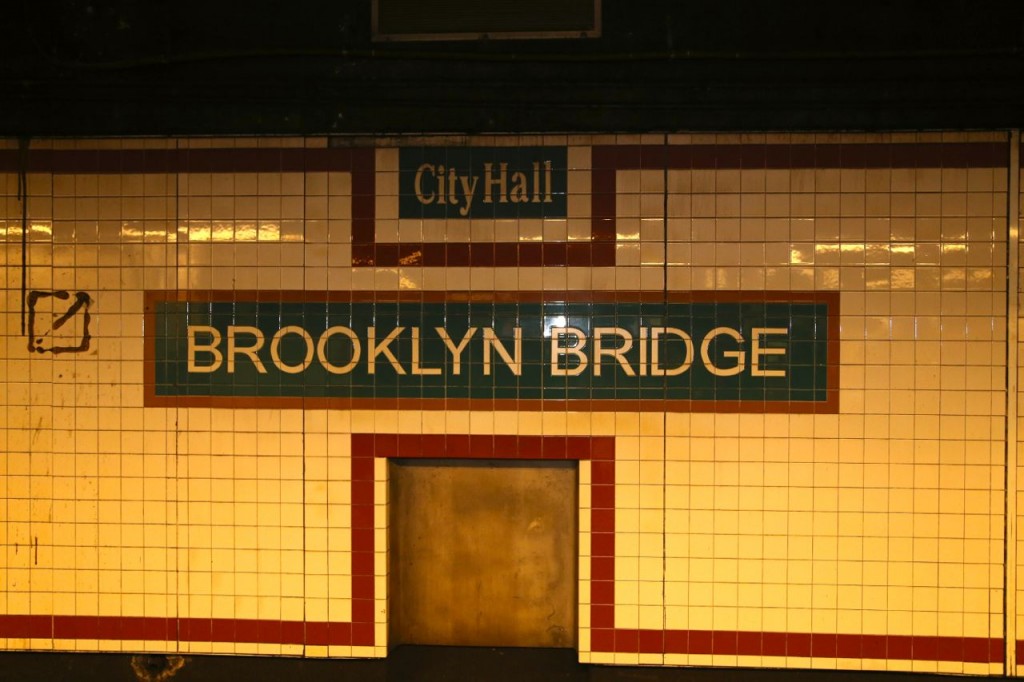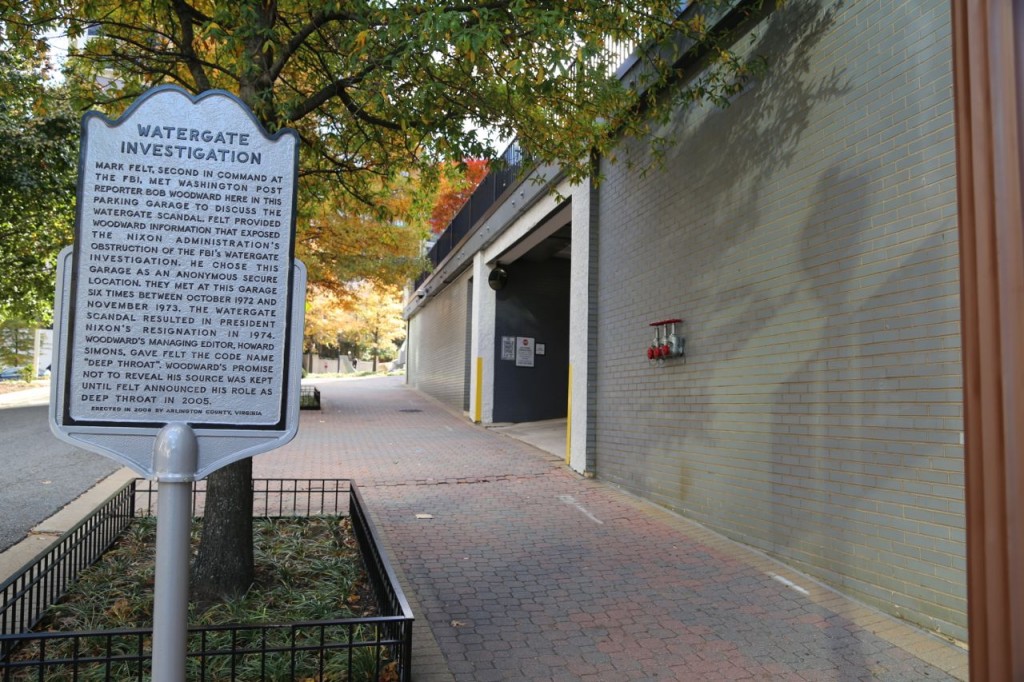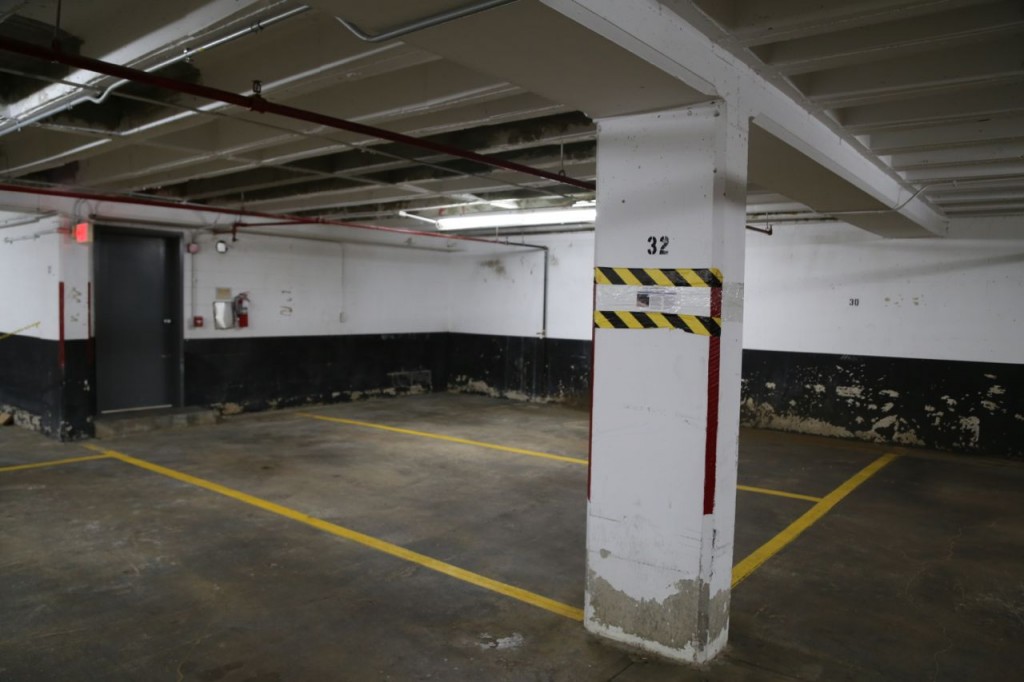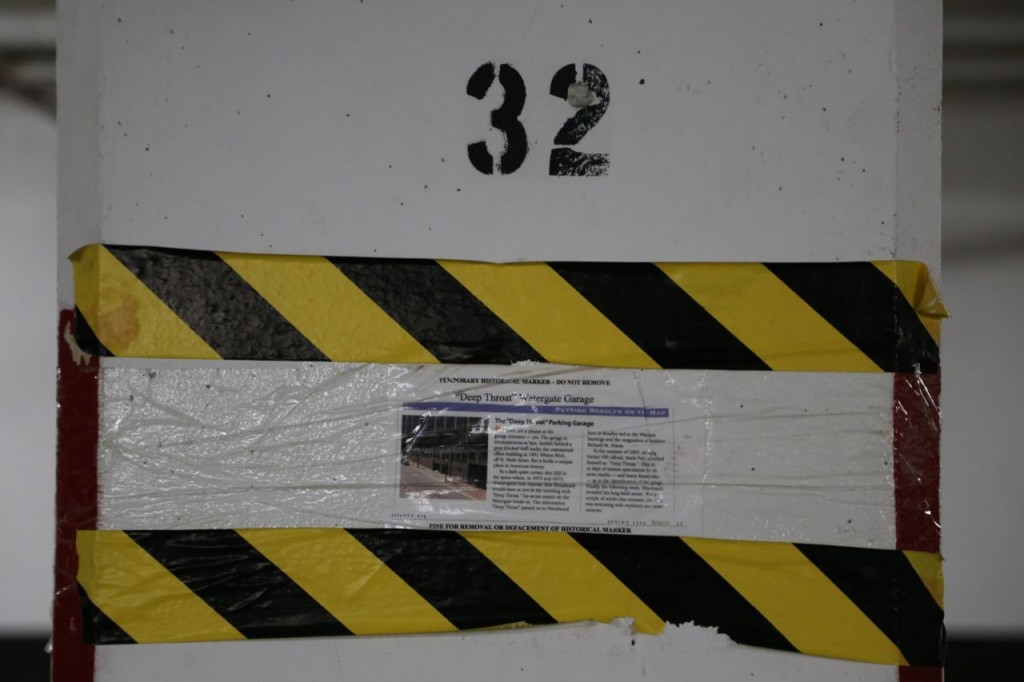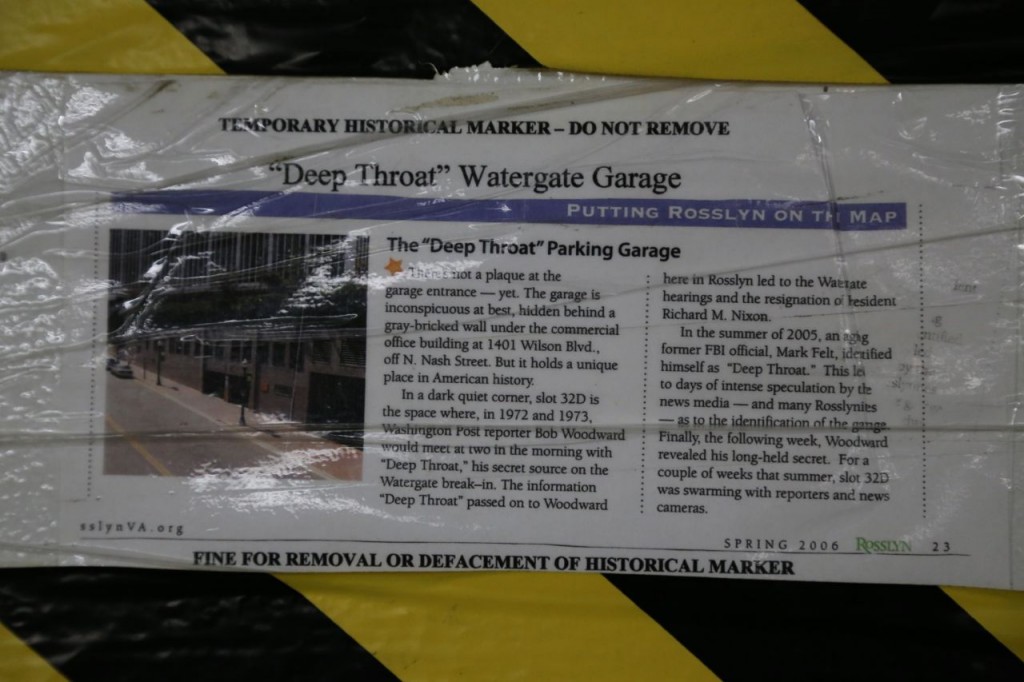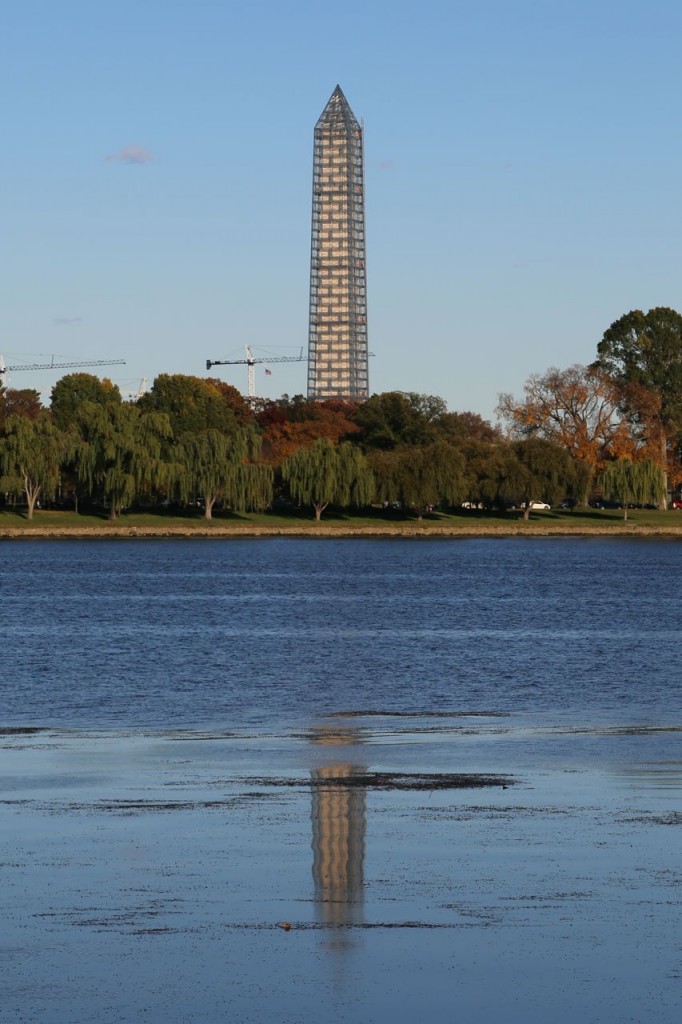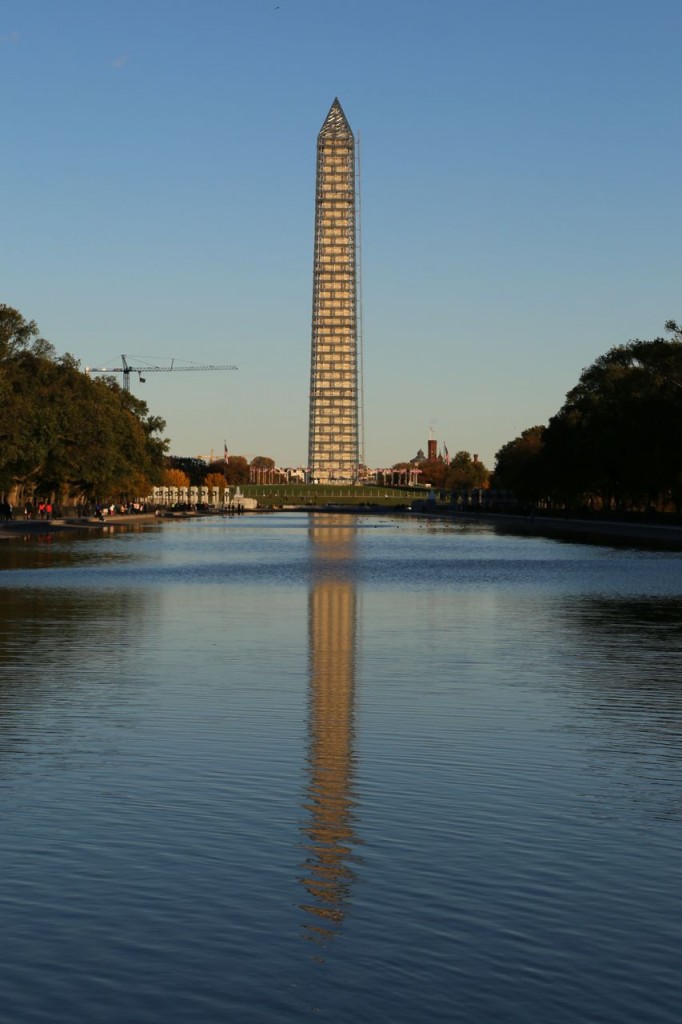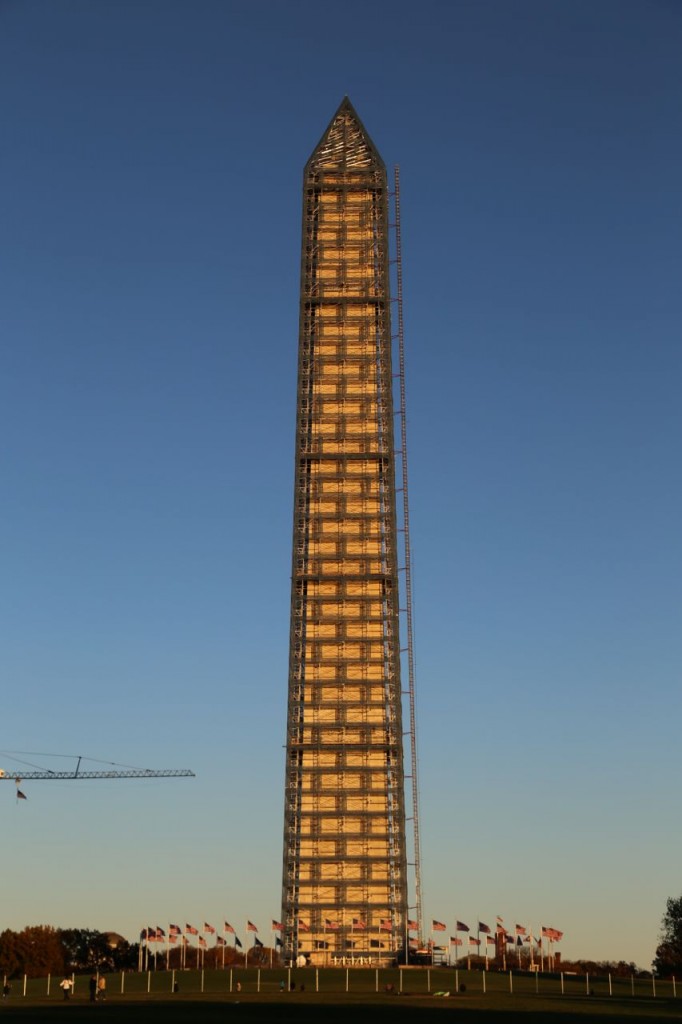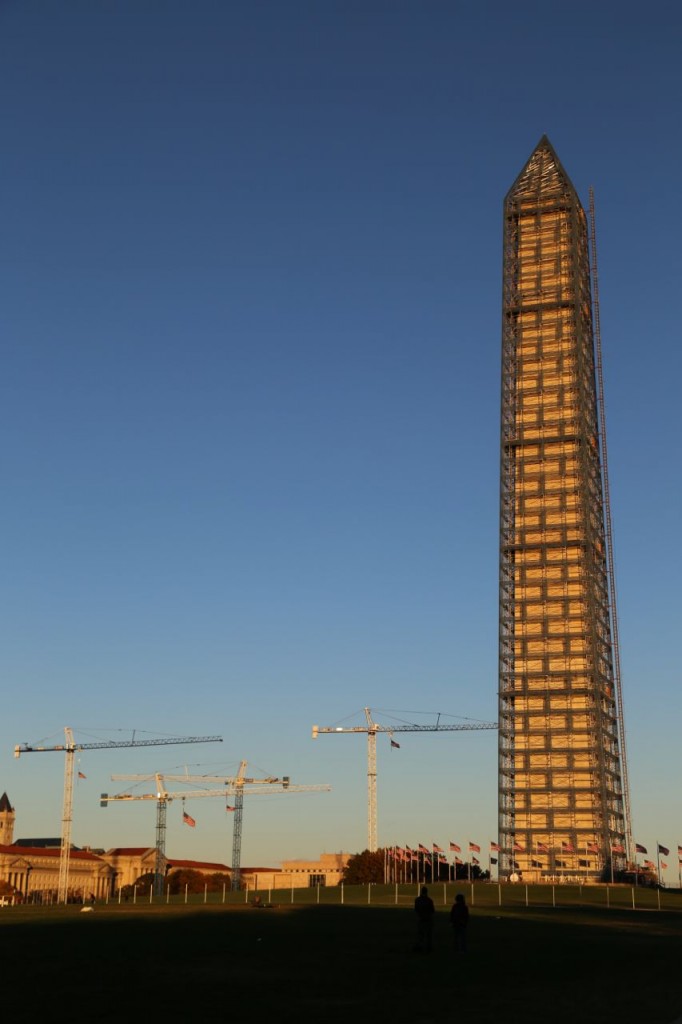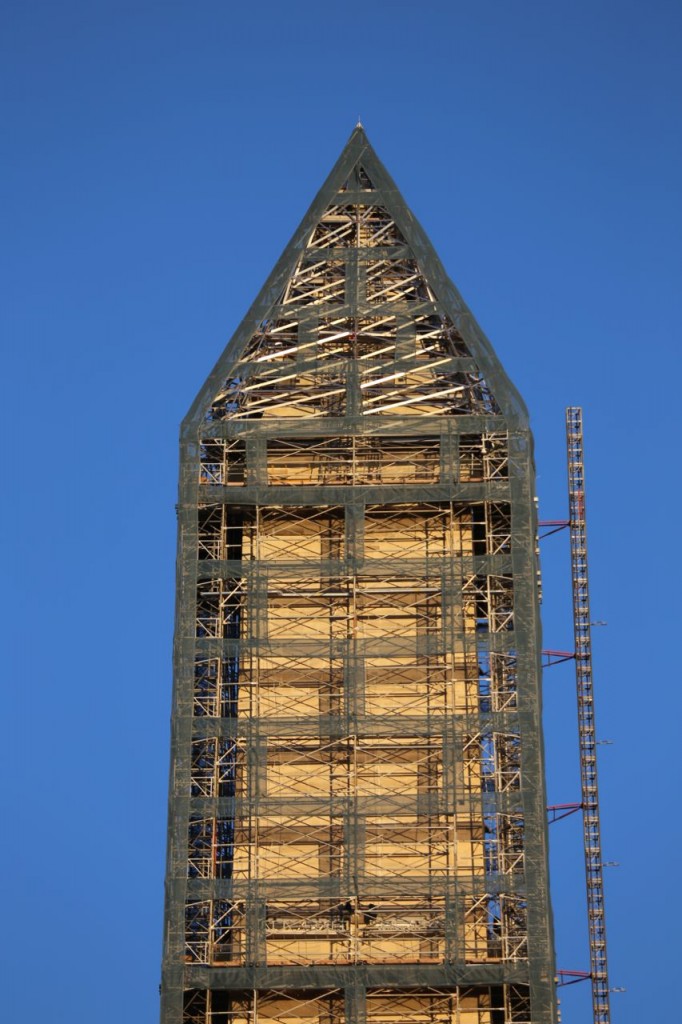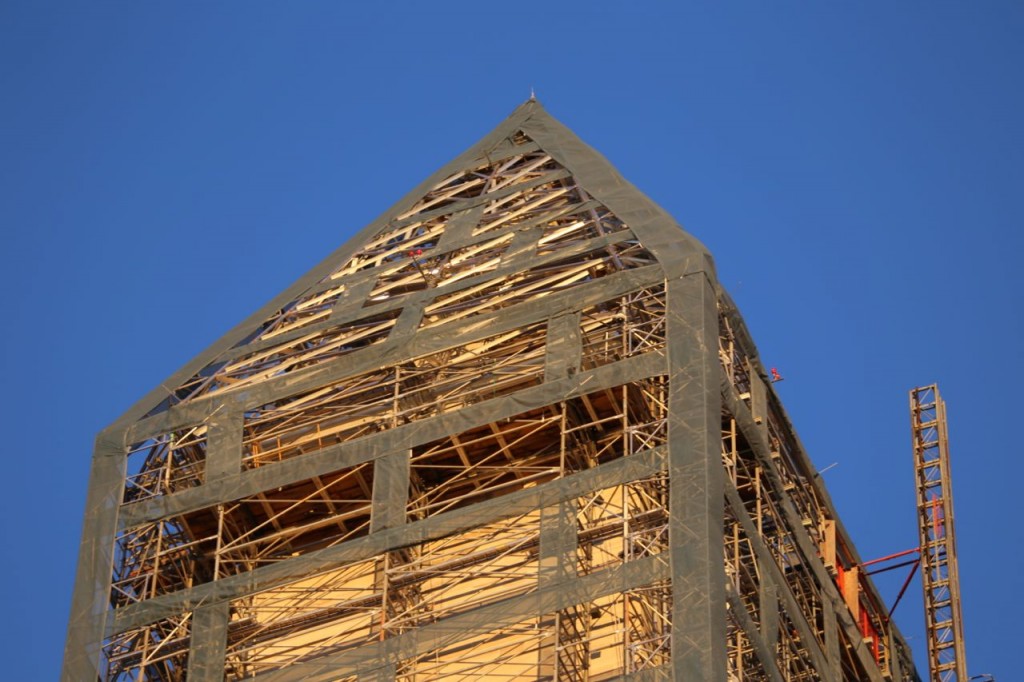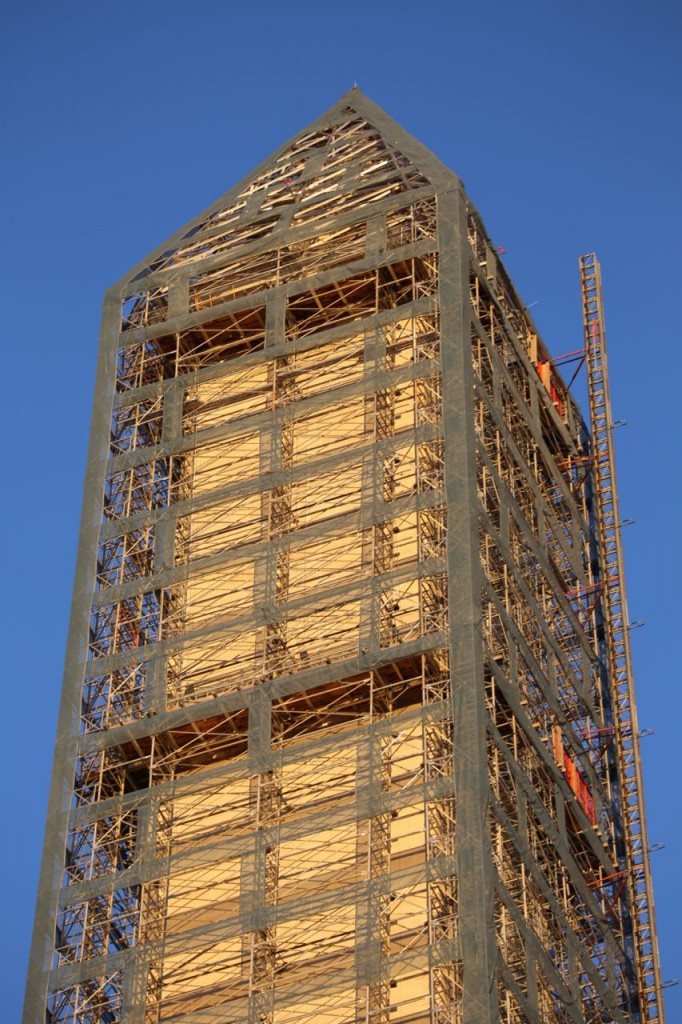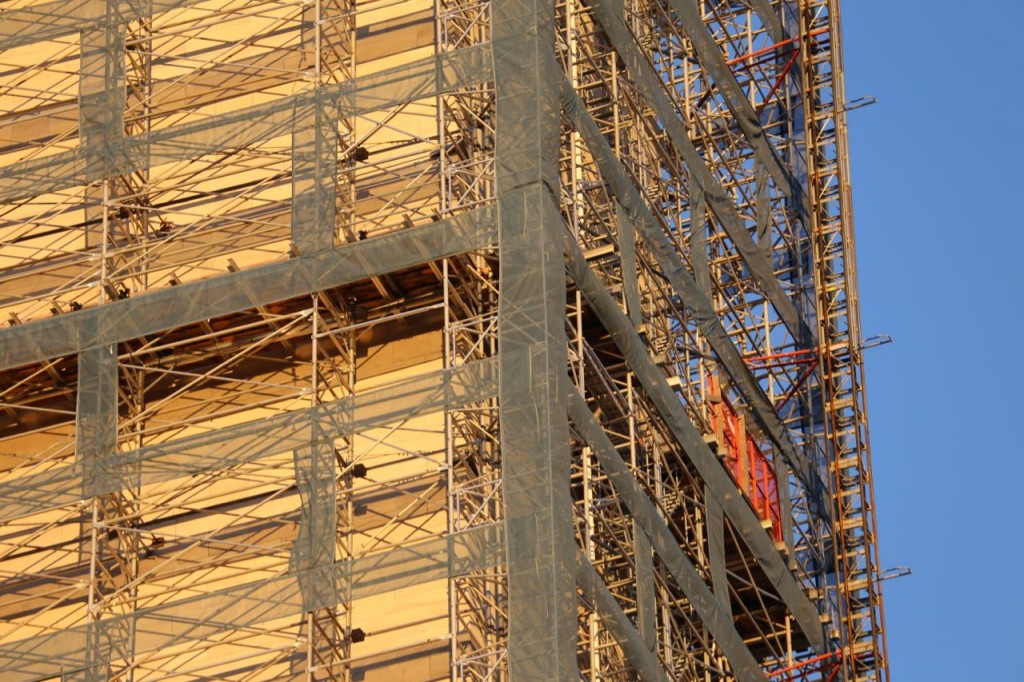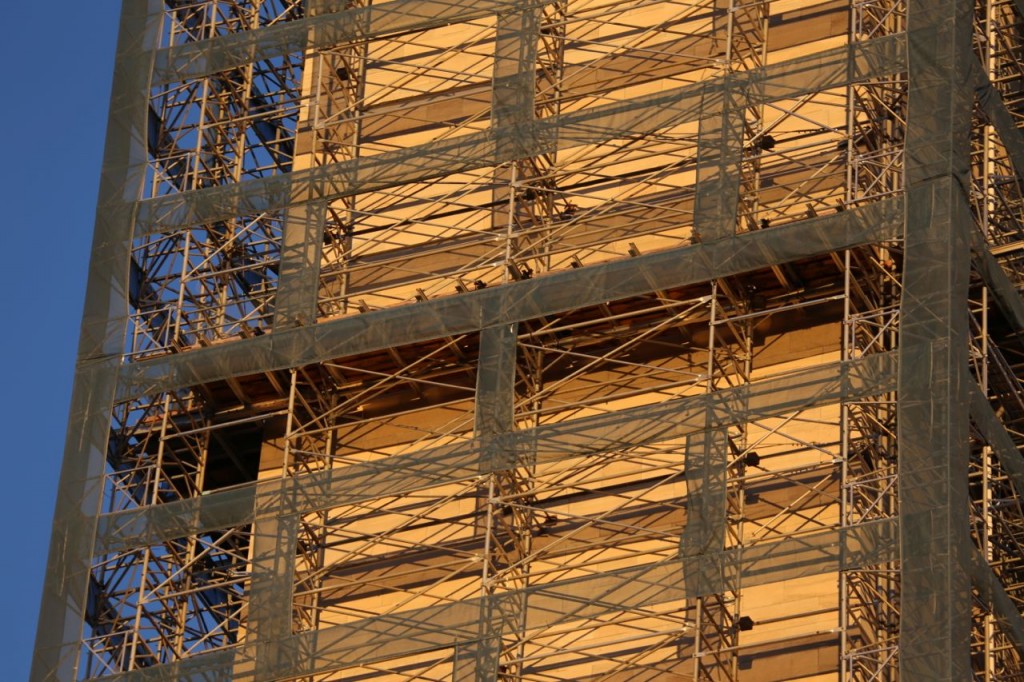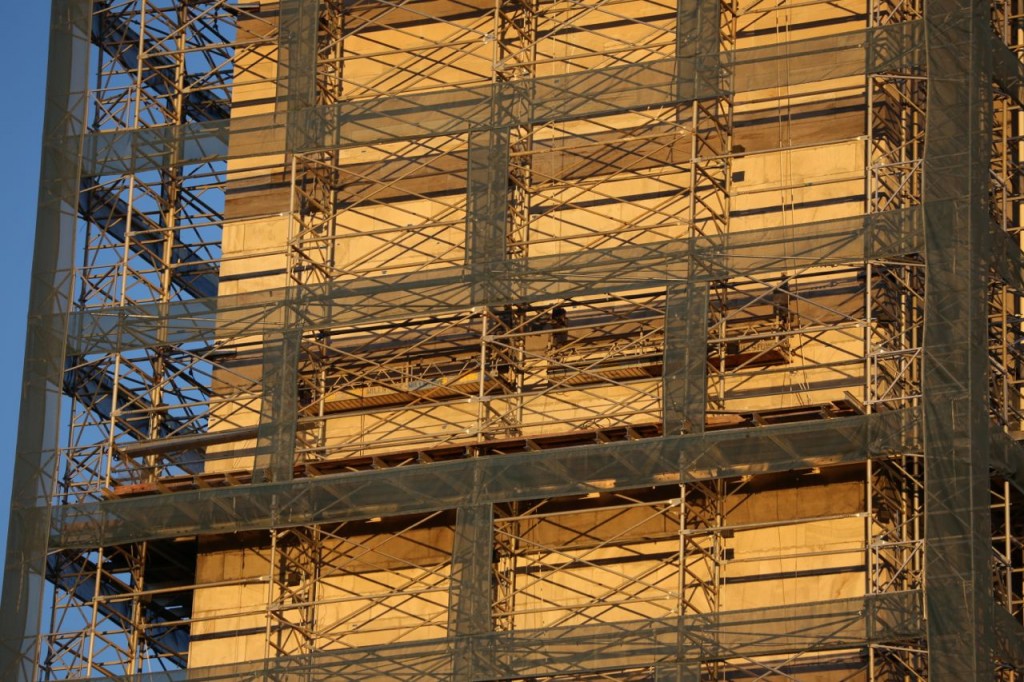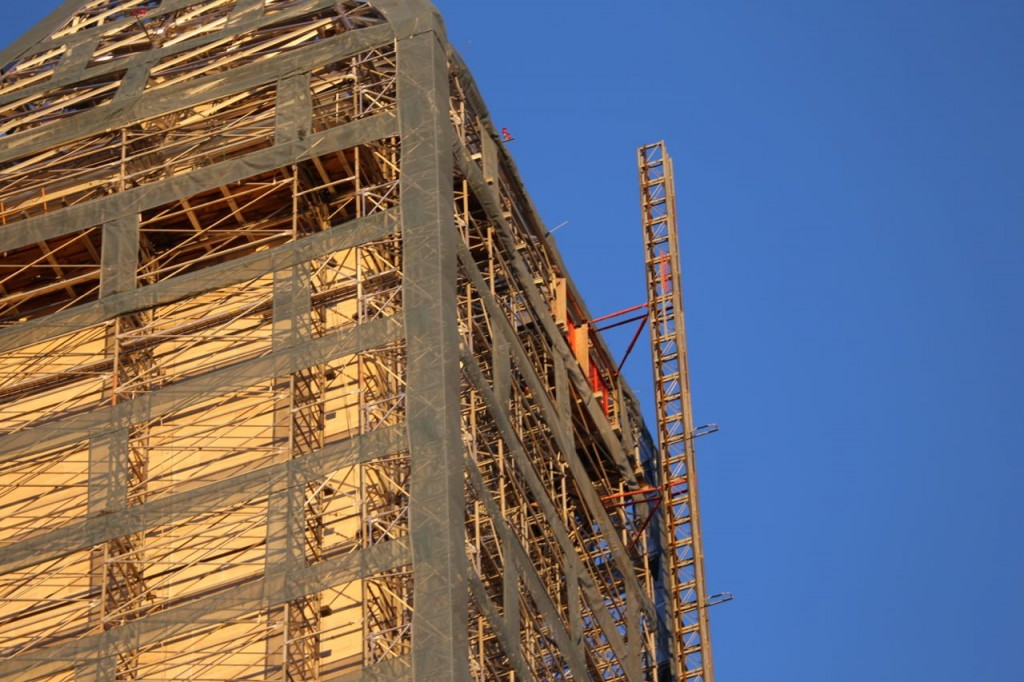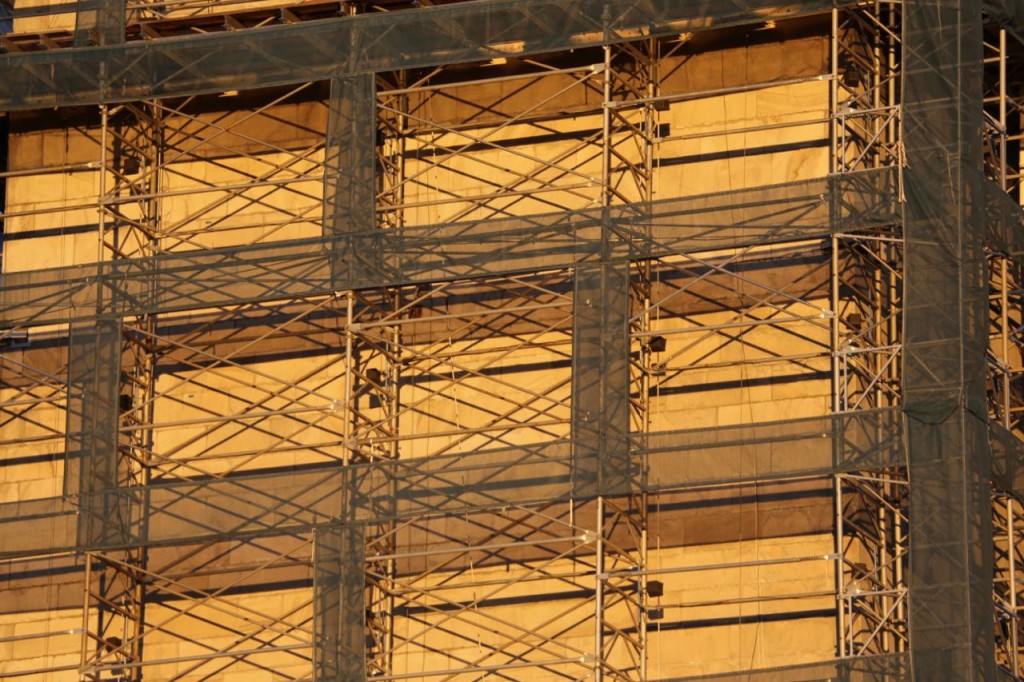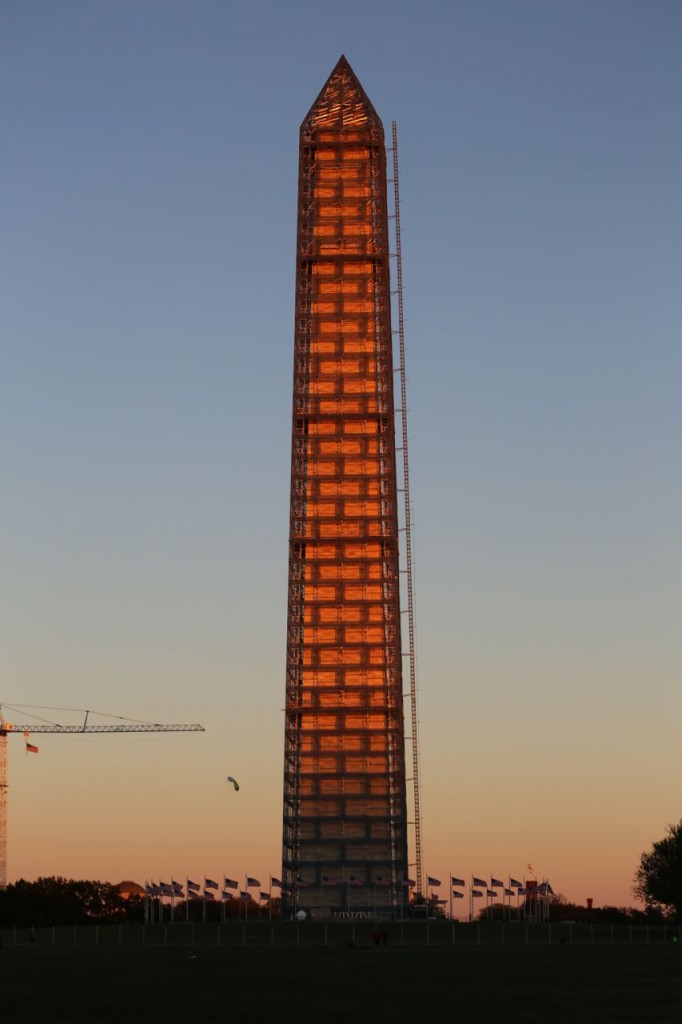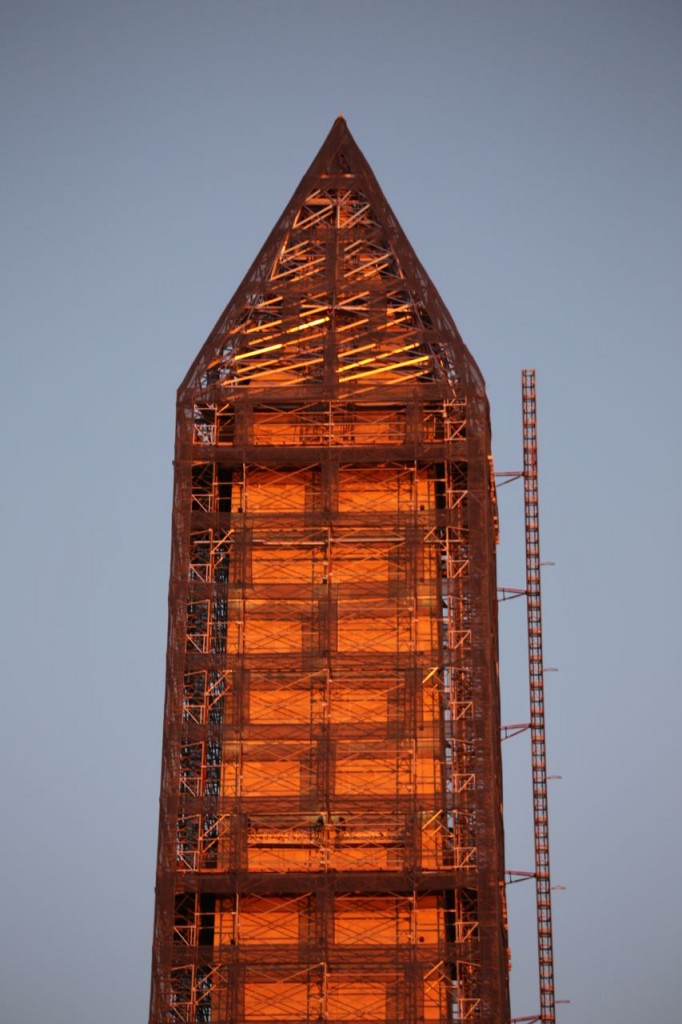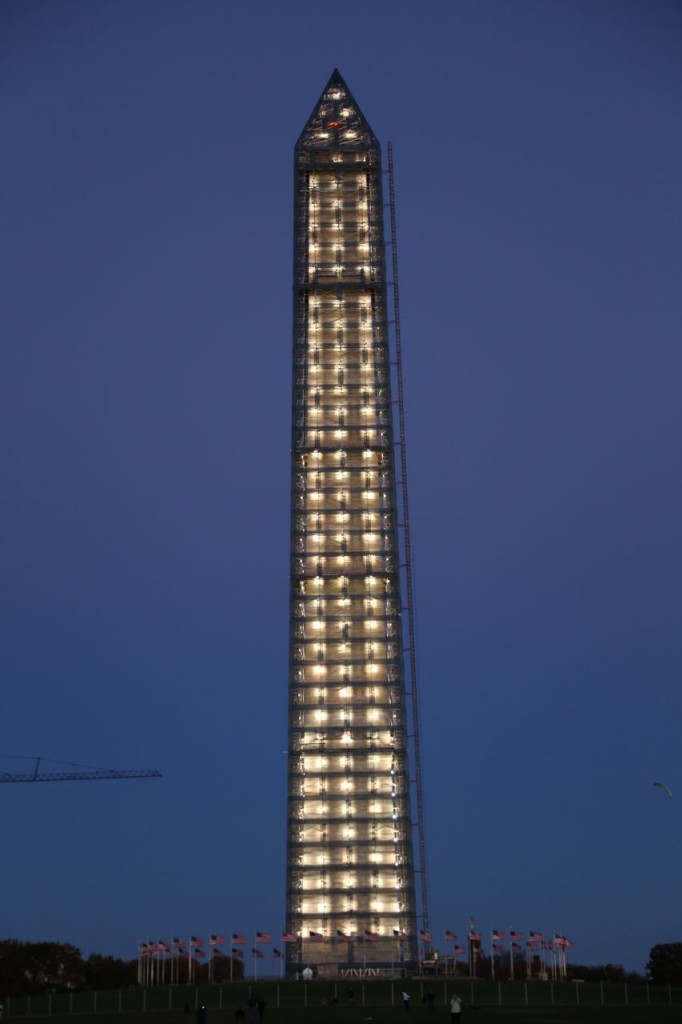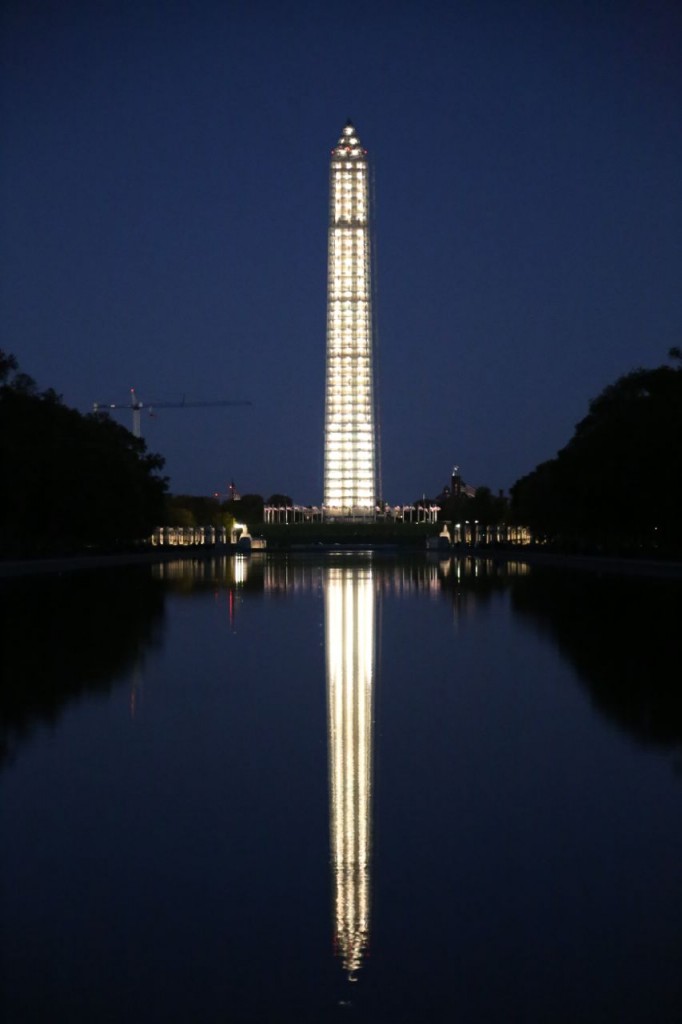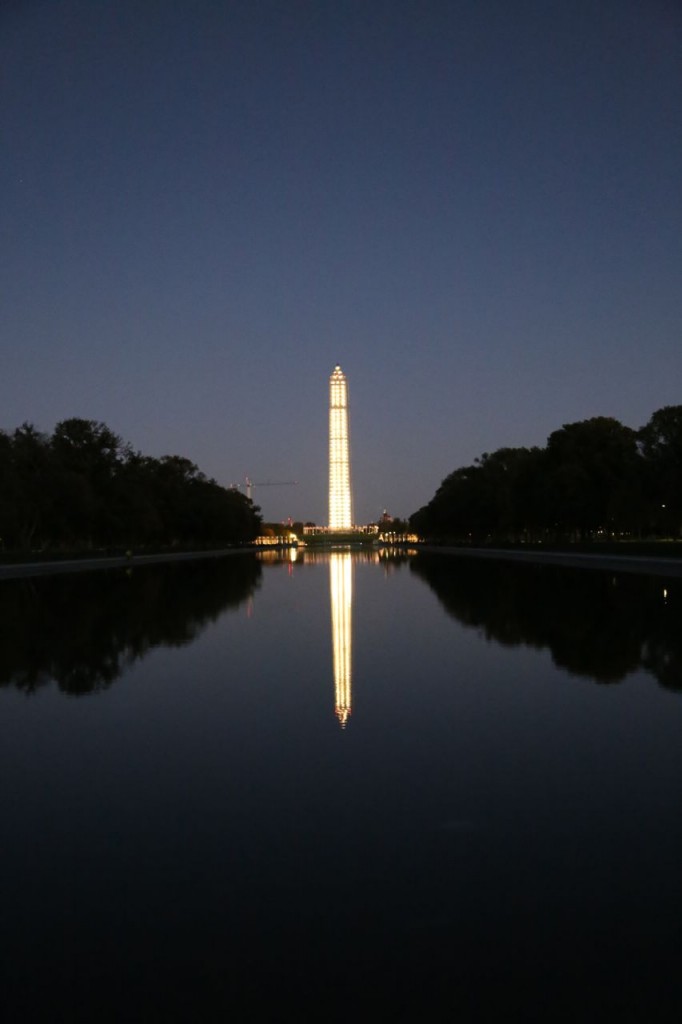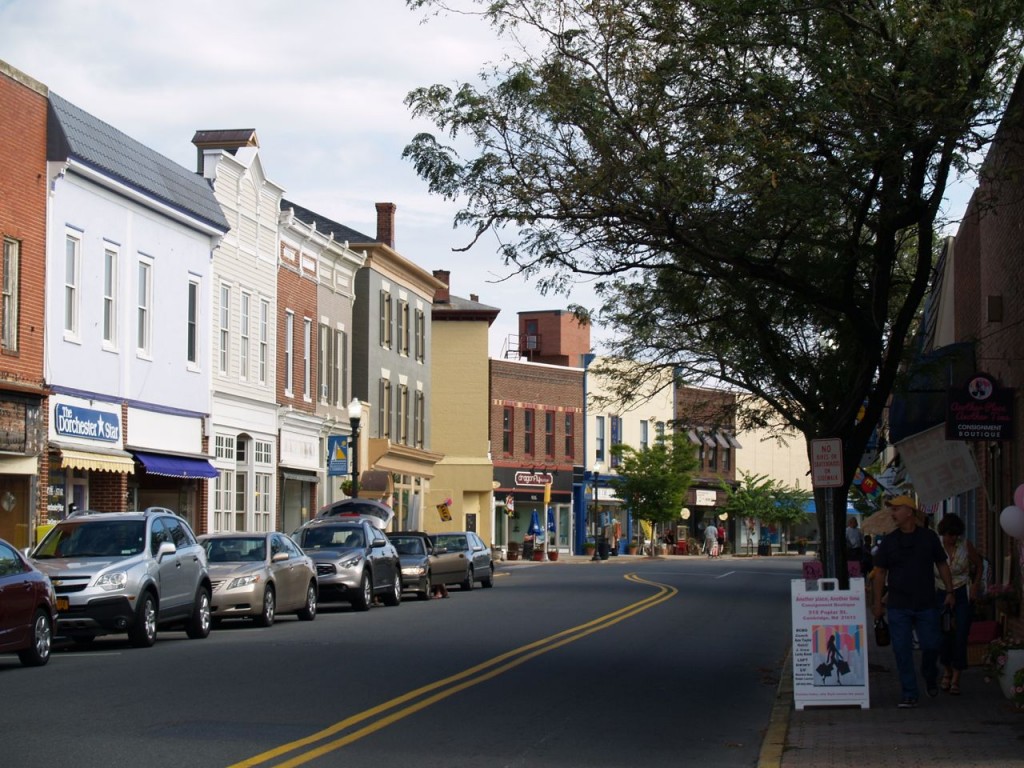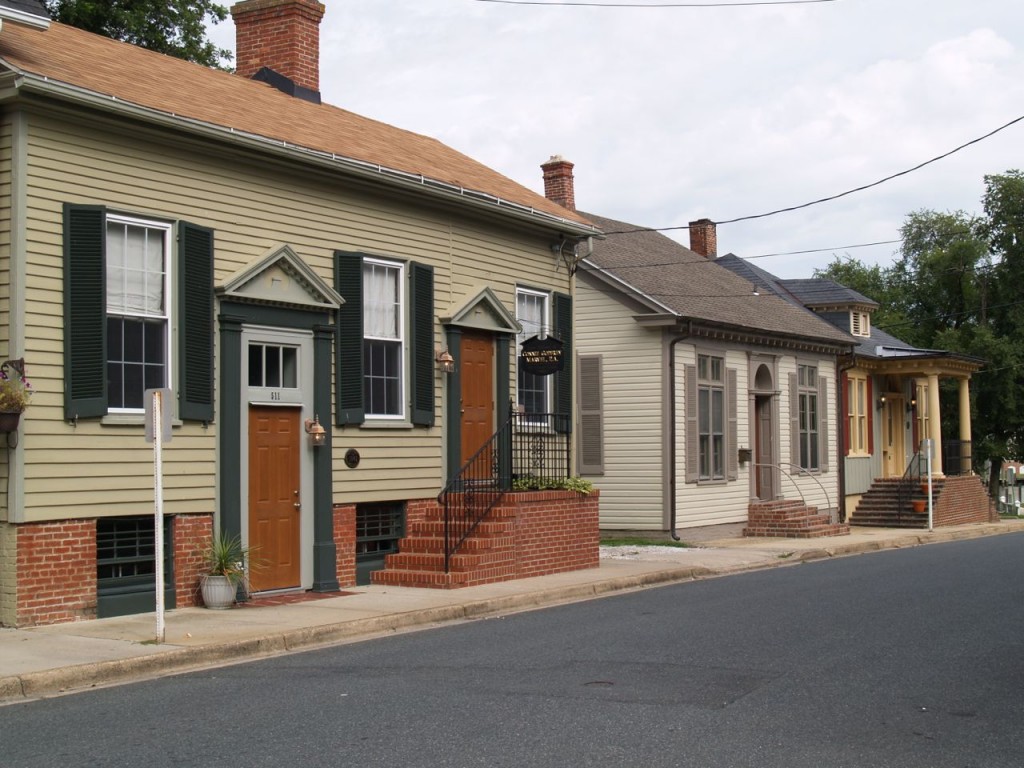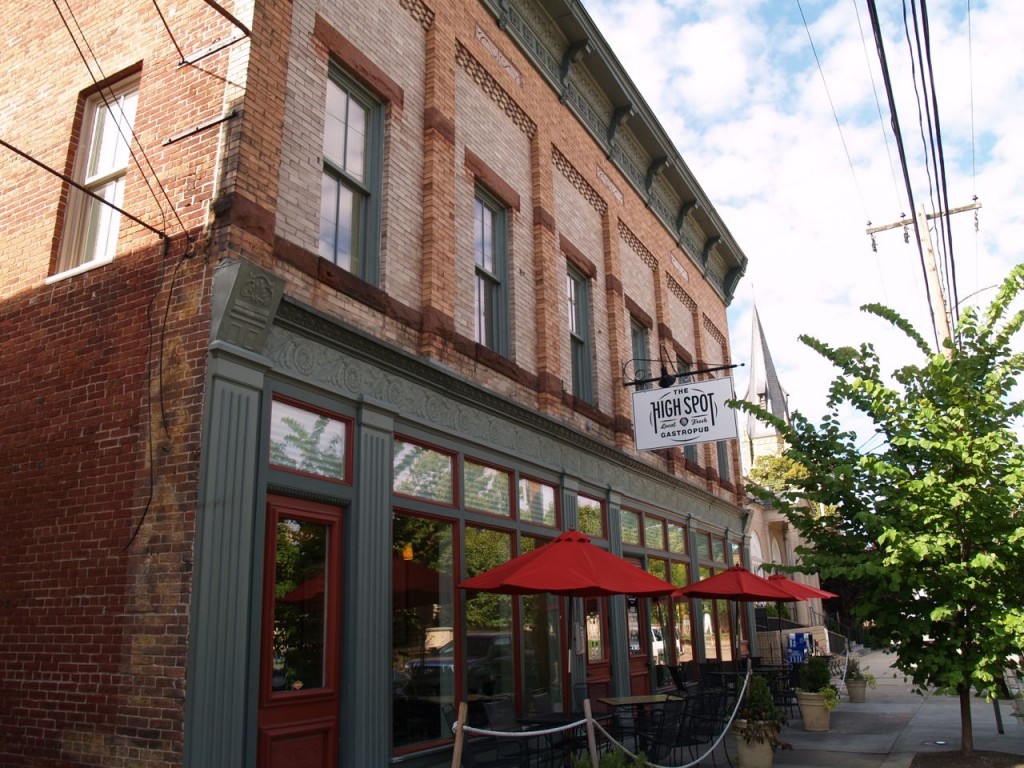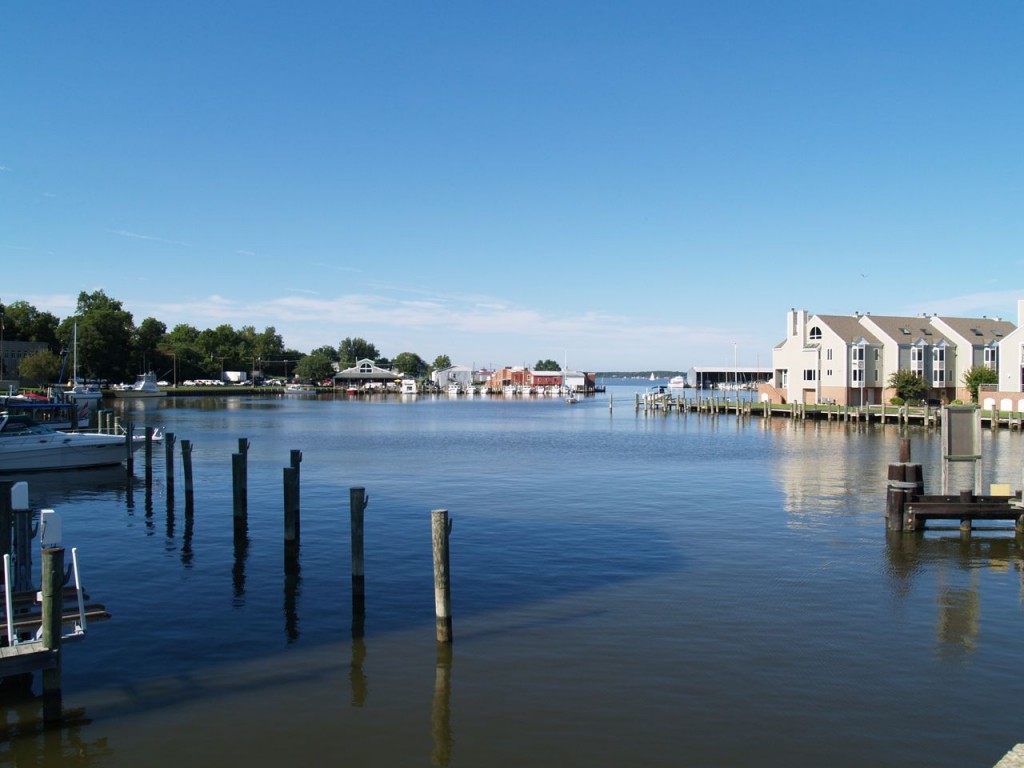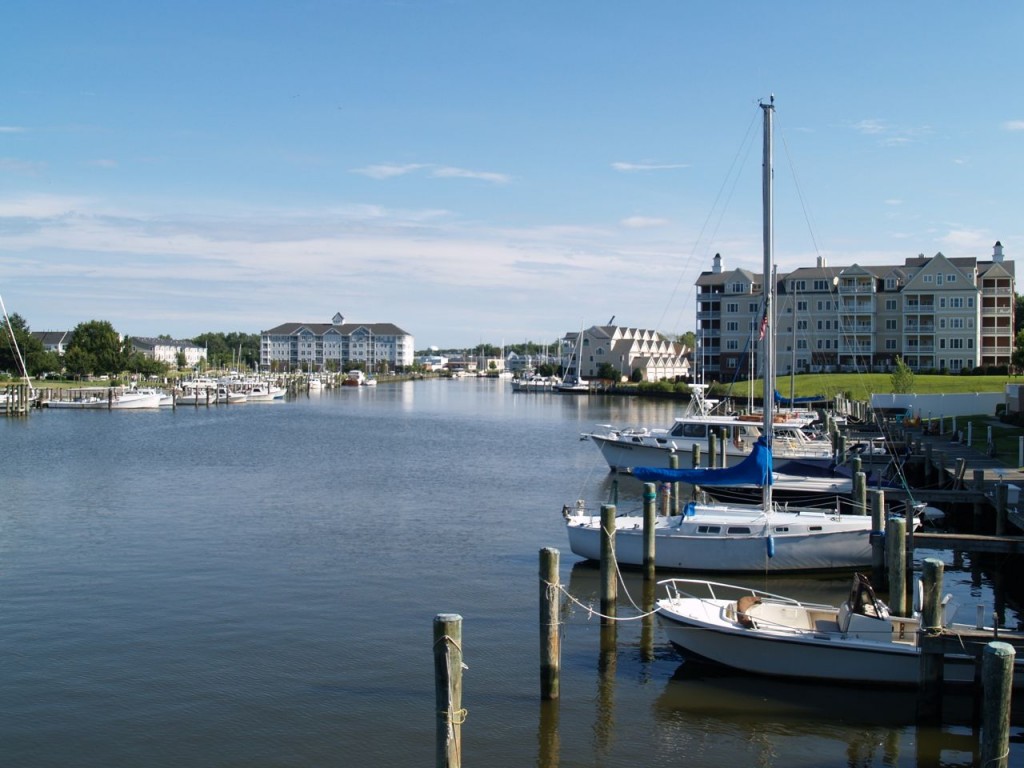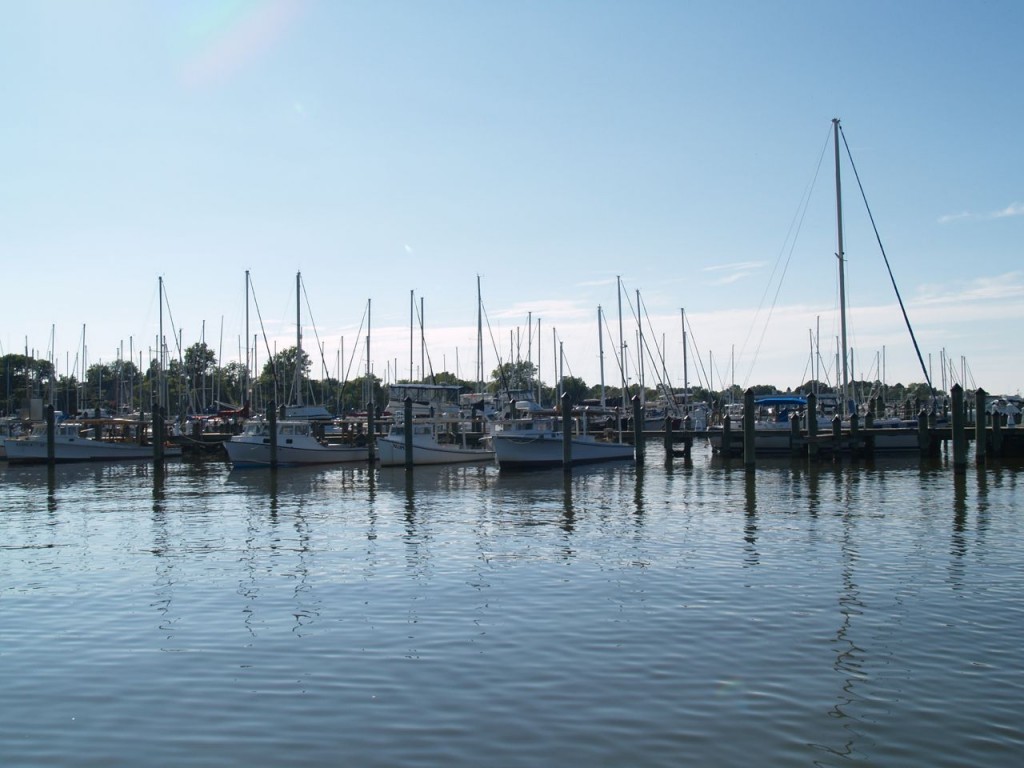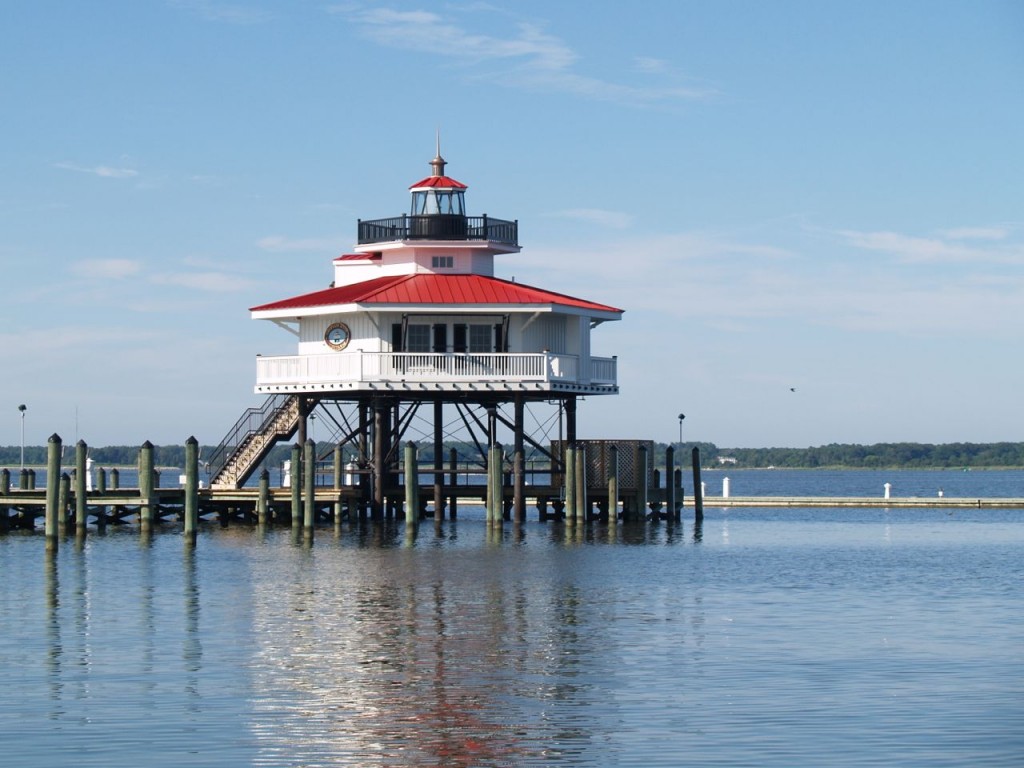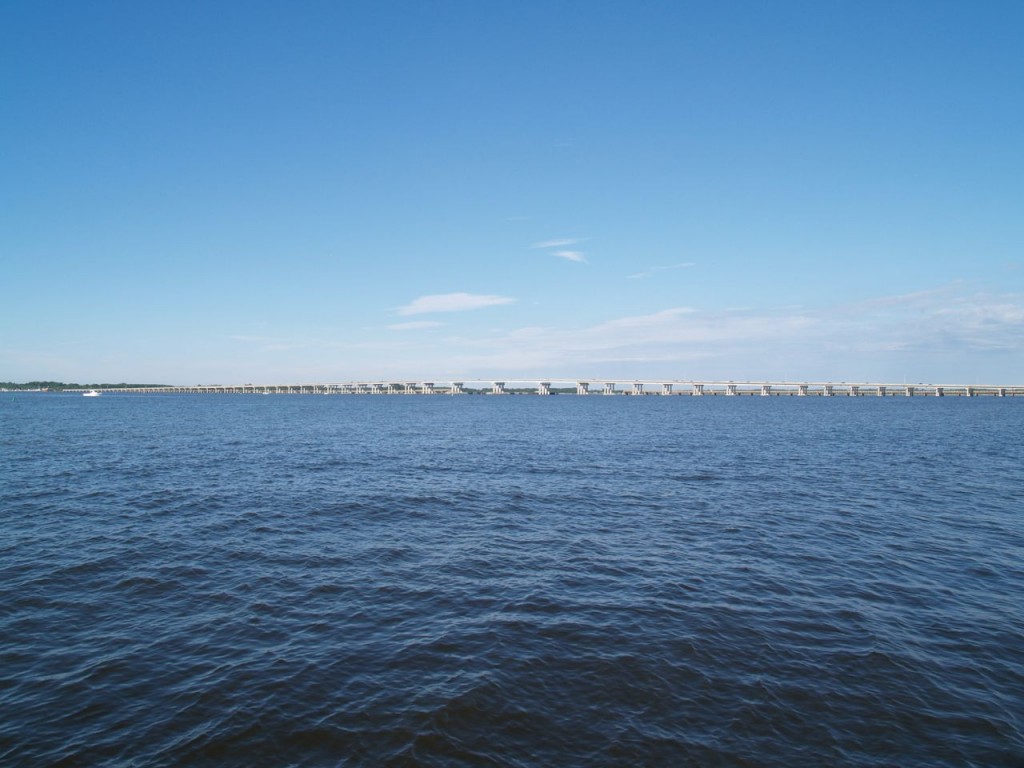Every so often I encounter something that as a photographer I become completely obsessed with and can’t stop taking photos of. Recently, it was a glacier that I hiked. Sometimes it has been a building of very unique design. Reykjavik’s Harpa Concert Hall and Conference Centre is one building I became obsessed with while in Iceland. While walking around Reykjavik, I took a few photos from the exterior, and then I went inside and took many, many more. It is a real interesting building of unique design, and it is a fantastic subject for photography.
Tag Archives: architecture
Warning: Engineer Renovating Her Home
Sometimes I think I should come with a warning label: “Warning: Micromanaging, long-term planning, detail obsessed, anal retentive, constantly questioning engineer.” At the very least, when it comes to home maintenance and renovation, I should warn people of that. In truth, I think some of my personality traits that can probably be annoying at times, also make me a good engineer. Engineers have to think both short and long term. We have to look at both the big picture and all the tiny details. Sometimes, in my personal life, I am just not sure people are prepared to deal with those traits. I am not actually saying I would change myself if I could; I’m just saying sometimes people are unprepared to deal with someone like me.
I am currently planning for Phase 3 Home Renovation. I actually started planning for it during Phase 2. I changed the layout of the second floor of my house during Phase 2, and part of those changes were to prepare for Phase 3. One of my overall goals with my home renovation was to create a nice master bedroom closet and bathroom with a tub. The original closet was two reach-in closets that barely had enough space for two people, and the original master bathroom was tiny. It had two sinks on a small counter space, a small shower only stall, barely any storage space, and a toilet. I really wanted a nice whirlpool tub and more space. The master bedroom is next to the living room, where I had wanted to open the space up with the dining room and kitchen. Therefore, while planning for Phase 2 where I renovated the living room, dining room, kitchen, and family room, I drew, redrew, and kept redrawing the configuration of the second floor until I could have an open layout with the common rooms and also a nice master closet and bathroom that I wanted. In the final plan, I stole a six foot wide space the length of the living room from the living room and used that space to form a new master closet and a new water closet (for the toilet) that will connect to the new master bathroom. That new space was created during Phase 2. I also moved the doorway to the old master closet and bathroom to prepare for Phase 3. The door needed to be moved to fit the new bathroom configuration. I moved the doorway during Phase 2 because Phase 2 was when I was having all structural work done, and the doorway is in a structural wall. I created a 3 ft by 6 ft dead space behind the new master closet, between my master bathroom and living room that will become the water closet.
Thus, I planned the new master bathroom when I was planning Phase 2, even though the bathroom would not be constructed until Phase 3. Now I just need to get the details planned. The cabinetry will be constructed by a custom cabinetry company, so that is no issue. Much to my surprise, main problem I have found has been finding a bathtub. I really want one with both a whirlpool and air massage, i.e. one with both a water pump and air blower. Finding one with both is not that difficult for dimensions I have, but finding one with the pump and blower on the left side of the tub is. Evidently, everyone is supposed to configure their bathrooms to have them on the right side. [In case you are not familiar with these types of tubs, you have to have access to the pump and blower in case they need service.] I am dumbfounded quite frankly that everything is configured for things on the right. With the vast majority of tubs, I can’t simply rotate the tub 180° because the drain has to be in a location that the plumber can reach to hook it up to the piping. Rotating most tubs would cause the drain to be in a location that the plumber simply wouldn’t be able to reach. After much searching, I finally found a tub where the manufacturer custom makes all tubs and with several models, they can reconfigure it to put the pump on the left side. Now I need to know the access size that is required for their tubs because I am planning to have tall cabinet to the left of the tub platform. The bottom of the cabinet will essentially have a false side that will give access to the pump and blower. The cabinetry company said they can figure out how to do it; they just need the dimensions. Therefore today, I’m on the phone with the plumbing supply salesperson who is helping me find a tub. I’ve got it narrowed down to one brand, and I’m asking a bunch of questions. I’ve downloaded the specifications and other information from the manufacturer’s website, but I still can’t find the exact access size that is needed. The salesperson finally says he is just not sure, so he is going to conference call me with a guy from the manufacturer. It was perfect, and the manufacturer guy went through all the details I needed. He said once I am finally ready to order, it would be best to get a specifications drawing and mark it up to show exactly where my cabinet will be and how much access I am leaving, and they can move the pump and blower a bit to give the best access. Now I need to take their specs sheet and mark it up and send it to the cabinetry company so that they can do the same.
This is why I don’t use general contractors. I hire all the contractors: carpenters, plumbers, electricians, etc. I buy almost all the supplies, or at least the supplies that affect the design and aesthetic. I micromanage everything, and when I have used general contractors in the past, I generally drive them crazy. There is no point to me hiring a general contractor because I micromanage everything so much I am not getting my money’s worth from them since the point of having a general contractor is that they manage all the sub-contractors and details. Also, I do a lot of the work myself, so I don’t need a general contractor to manage me. I plan long term ahead to make sure everything will work. I try to plan for every single detail. I will if necessary demand that I speak to the actual person on the factory floor to get the detail I need to know that affects the next detail. I will repaint a wall three times until I get the color I want, but I’m not going to tear up tile, so I want the space planned out correctly from the beginning. I call the county’s building permit department and speak to the inspectors myself to make sure I know what code requires, and sometimes I demand that contractors do things that go beyond code when I don’t think code is enough. In most of my renovation work, I tear a room down to the studs and subfloor because in this house, I just don’t trust anything that was done beforehand. Sometimes it is just easier to start all over anyway. Yes, I should come with a warning sign.
USBG Holiday Exhibit
The United States Botanical Garden has an annual holiday exhibit that consists of fantasy model trains running through, by, and over various bridges, tunnels, and model structures. They also have models of numerous DC structures and buildings. All the models except the trains are made of natural materials and are built with amazing detail. They are simply gorgeous and the use of natural material is just genius. The model train exhibit also smells wonderful due to all the cedar in the room. Definitely worth the visit.
- Three bridges at model train exhibit
- Railroad support
- Blimp at model train exhibit
- Train exhibit pavilion
- Seattle Space Needle
- Model train on truss bridge
- Ferris wheel at model train exhibit
- Model train tunnel
- Unisphere at model train exhibit
- Hot air balloon at model train exhibit
- Model train exhibit
- Jefferson Memorial
- Library of Congress
- Library of Congress
- Library of Congress
- Lincoln Memorial
- National Museum of the American Indian
- Smithsonian Institute The Castle
- US Botanical Garden
- US Botanical Garden
- US Capitol
- US Capitol
- US Capitol
- US Capitol
- US Capitol
- US Supreme Court
- US Supreme Court
- US Supreme Court
- Washington Monument
- White House
NY IKEA Ferry
On my recent trip to New York, I learned that IKEA has a ferry from downtown Manhattan to its store in Red Hook, Brooklyn. On weekdays there is a small fee to take it because evidently some commuters used to use it when it was free everyday. On weekends though, it is still free. IKEA must know that some people take without ever going into the store, but I guess few enough people do it, that they don’t mind. On neither legs of the round trip I took, was the ferry full. It has wonderful views of downtown Brooklyn, the East River, Brooklyn, the Statue of Liberty, and the Verrazano-Narrows Bridge. I happened to take it at sunset, and on the return trip, there was a full moon out, and all the buildings and bridges were lit. It was spectacular.
Staten Island Ferry
One of the best deals in New York is the Staten Island ferry. It runs from Battery Park in downtown Manhattan to St. George on Staten Island. It has wonderful views of downtown Manhattan, downtown Brooklyn, Jersey City, the Statue of Liberty, and all parts of the Upper Bay. The best part is that it is completely free. If you go, don’t just get off the ferry and get on the next one back to Manhattan. Exit the terminal building and go onto the attached deck. It has spectacular views across the Upper Bay.
Old NY City Hall Subway Station
Saturday, I got to tour the abandoned New York City Hall subway station. The New York Transit Museum gives tours of it a few times a year, and this tour is completely worth the membership in the museum. The old City Hall subway station was originally the southern terminal of the original Interborough Rapid Transit (IRT) subway route. The station is located on a single 600-foot long track loop that is located south of the current City Hall/Brooklyn Bridge subway station. The track loop is still used by the #6 subway line. After a #6 train drops off passengers at the City Hall/Brooklyn Bridge station from a southbound route, it then uses the loop to return to that station as a northbound train. For our tour, we met at the southern end of the City Hall/Brooklyn Bridge subway station, and then once all passengers had been offloaded from a southbound #6 train, we got on for the short trip to the old City Hall station.
The old City Hall station has a platform that is 400-feet long and is completely curved. This short and completely curved platform is part of the reason why the station is no longer used. The ten-car trains now used don’t fit in the station, and it is a serious hazard stepping off the train to that platform. [Our MTA guides used a short wooden platform to allow us to easily and safely get off the train onto the platform.] The station was closed in 1945 because passengers preferred the Brooklyn Bridge station due to its longer and straight platform and also because both local and express trains stopped there.
The station is completely gorgeous. There is a mezzanine level where passengers would buy tickets. The mezzanine is square with four arches that form each of the walls, and an arched ceiling joins the four arched walls. At the center of the mezzanine ceiling is a glass skylight. One of the arches of the mezzanine forms a passageway that leads down to the platform. The platform is then made of 15 more arches. Three of the arches have three glass skylights each. Electric chandeliers hang from each of the arches to provide light. All of the arches are created by Guastavino tile arches. The walls and ceilings are covered in green, brown, and cream tile. Interestingly, much of the cream tile is unglazed and rigged. Evidently this tile was never supposed to be exposed, it was rigged and unglazed because it was supposed to be covered with cement, and the ridges would provide more surface are for the cement to stick, in the same way as when tiling, the ridged side of a trowel is used to create ridges in the cement before placing the tile. However once the tile was placed, the station architects liked how the exposed ridged tile looked.
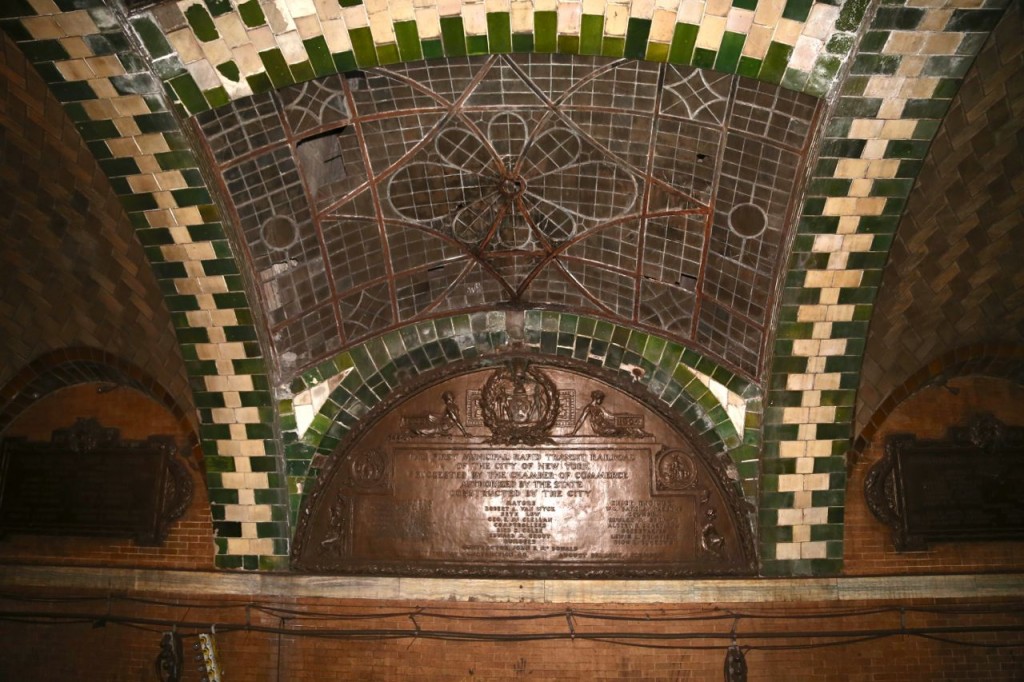
The middle arch on the platform where the passageway from the mezzanine ends. The arch has three skylights. Opposite the passageway are three plaques commemorating those who helped in the station’s creation.
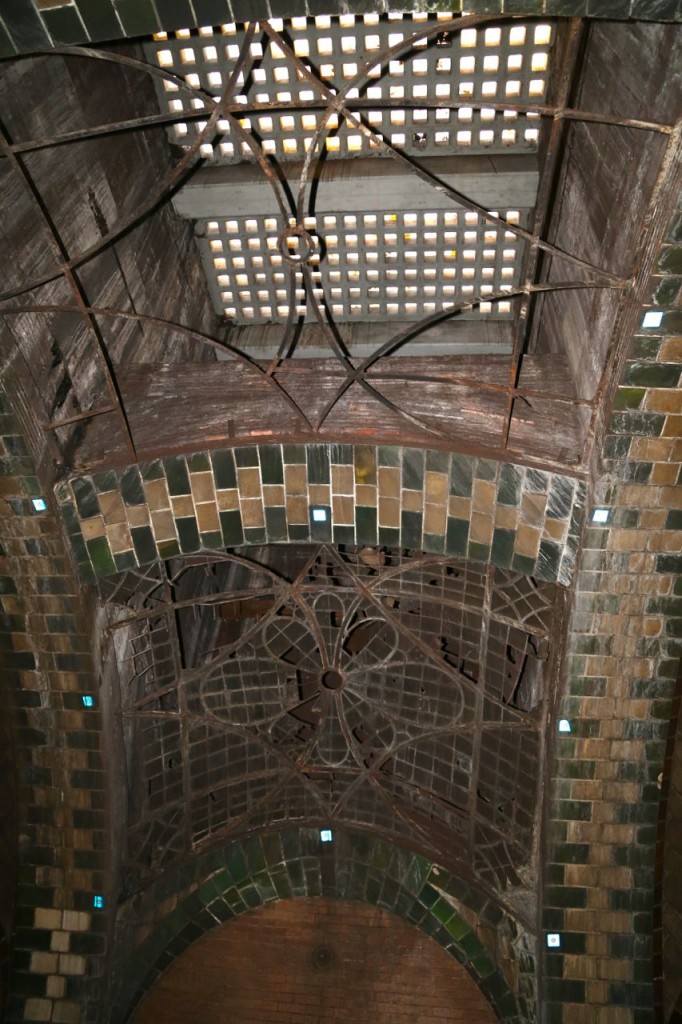
One of the platform’s skylights. The glass has fallen out of one of them, and the glass in the street level concrete can be seen.
One thing I have always appreciated about the New York subway system is the tile work. All the stations have tile work, and generally each station has a somewhat unique tile work for at least the station signs. Some stations have really unique and beautiful tile work for example the Times Square and American Museum of Natural History stations. The tiles themselves in the old City Hall station are not gorgeous, but the way they are placed together in the arches are. Therefore for final comparison, below are the station signs at the old City Hall station and the new City Hall/Brooklyn Bridge station.
Deep Throat Parking Garage
Why do I love Google? Because I can search on “deep throat garage rosslyn,” and Google will immediately give me websites about the garage where Bob Woodward met Mark Felt, aka Deep Throat, in the Rosslyn area of Arlington, Virginia. The only way Google failed though is that it would not pull up the location in Google Maps. I had to get the address through one of the articles.
Why do I love Arlington? Because there is an actual historic marker outside the garage entrance describing this “historical” location. I mean really, who wants to visit the location of a Civil War battle or the Capitol of the United States when you can visit the exact parking spot on the lower level of a garage where a reporter met the second in command of the FBI about the Watergate Scandal? The column next to the parking spot even has a “temporary historical marker” for which there is evidently a “fine for removal or defacement.” I have never seen a historical marker that was paper covered rather badly by a lot of clear tape and bordered by lovely yellow and black tape. The “temporary historical marker” clearly gives this historical location the solemn respect it deserves. However, please be aware, if you want to visit this historical location, plan to do so in the next year or so. There are plans to tear the buildings there down. [Read the comments on that article. Some of them are truly hilarious.] There outside historical marker would evidently stay though.
You can read more about the site here. The garage is located at 1401 Wilson Blvd. in the Rosslyn area of Arlington. The parking spot is on the very bottom level in the southeast corner right next to stairwell, which was apparently one of the reasons why that spot was chosen. I don’t know how many visitors it gets. However, when I went there on a Sunday afternoon, the garage was under going repairs, such that I didn’t immediately realize there were multiple levels because I couldn’t see the car ramps. One of the contractors walked up to me and asked if I was trying to park. I said no, I was trying to find a particular parking spot, the Deep Throat parking spot. He knew what I meant and told me how to find it. So, it is a tourist attraction of sorts!
Washington Monument in Scaffolding
The Washington Monument is currently covered with scaffolding while it is repaired for damage from the 2011 earthquake. Perhaps I am biased because I am an engineer, but I think the scaffolding surrounding it is both an engineering feat and a work of art. It is also amazing to view. In one of the photos below, you can see how they actually have suspended scaffolding within the supported scaffolding, which I think is totally cool. They have been lighting it up at night, but tonight is the last night it will be lit. They are almost done with the repairs, and the lights need to be removed to finish repairs. I finally got out today to photograph the Washington Monument with the scaffolding. Personally while I will be happy when they finish repairs, I also think it is beautiful now.
Book Review: “Conquering Gotham”
This isn’t really a proper book review but really more of a book recommendation. I’m not a writer or literary critic. I’m just an engineer who just finished reading a book about the history of one the greatest engineering feats in the early twentieth century and want others to know how interesting a book it is. The book is “Conquering Gotham: A gilded age epic: The construction of Penn Station and its tunnels” by Jill Jonnes (Penguin Group, 2007).
The book chronicles some of the history of various people and companies who tried to link Manhattan Island and New Jersey via bridge or tunnel. When the book starts, the Brooklyn Bridge, which was an engineering feat in itself, has been built, but the only railroad connection to Manhattan Island was via New York Central and its bridge over the Harlem River. Thousands of commuters, other people, and cargo must use ferries across the Hudson River everyday to get to Manhattan from New Jersey. Dewitt Clinton Haskin unsuccessfully attempts to build a tunnel underneath the Hudson River, but due to construction and financial problems, the tunnel was abandoned. [Decades later the tunnel would be completed and in present day is used for PATH trains.] Gustav Lindenthal unsuccessfully tried for decades to build a bridge across the Hudson River but was never successful due to an inability to get funding. Pennsylvania Railroad (PRR) under the leadership Alexander Cassatt is determined to get their trains into Manhattan in some manner instead of having their tracks end in New Jersey and their passengers needing to take ferries across the river.
The book describes how PRR explores the possible ways to get their trains to Manhattan Island and finally settles on an audacious plan to build two tunnels underneath the Hudson River, two tunnels under and through Manhattan, a grand station in a not so nice section of Manhattan, and four tunnels underneath the East River to further expand their tracks into New England. Completing this audacious plan is fraught with many engineering and financial difficulties and is further complicated by the need to deal with the corrupt New York City Tammany Hall politicians, which put about as many delays on the project as the difficult engineering. The history is fascinating, and Jonnes describes it really well. The book is not a dry history textbook. She describes the engineering obstacles in a way in which a non-technical person will understand and be interested, although as an engineer, I actually would have liked more details about some of the engineering issues, particularly with the tunnels.
The final chapter describes some of the post-completion problems, including the eventual decline of the railroads due to automobiles and then aviation. The modifications made to Penn Station after its completion and finally its destruction and replacement with the atrocious Madison Square Garden are also discussed. I have traveled on Amtrak trains many times via the Hudson River tunnels and twice via the East River tunnels. I have a much better appreciation for the difficulties in their construction now. I am also now even more sad to have never seen Penn Station in its original glory. In my humble opinion, the current Penn Station with Madison Square Garden is the ugliest and most ill-designed train station ever, and New York City deserves so much better. Of course, New York City is partially to blame for the destruction of the original and the construction of the current Penn Station.
If you are at all interested in history, transportation, or engineering, I highly encourage you to read this book. It is a great read. [I received no compensation for this recommendation, and I checked this book out from my local library.]
Cambridge, Maryland
I visited Cambridge, Maryland this afternoon. It is a cute little town on the Choptank River on Maryland’s Eastern Shore. I have to admit the town makes me a little sad because it is a historic town and many of its buildings are in disrepair. They seem to be having a bit of a revitalization, which is great, and I hope it continues. Many of the downtown buildings have been renovated and have new businesses. Many of the gorgeous, historic homes have either been maintained all along or have been renovated. There are still many buildings and homes though that need some serious help.

